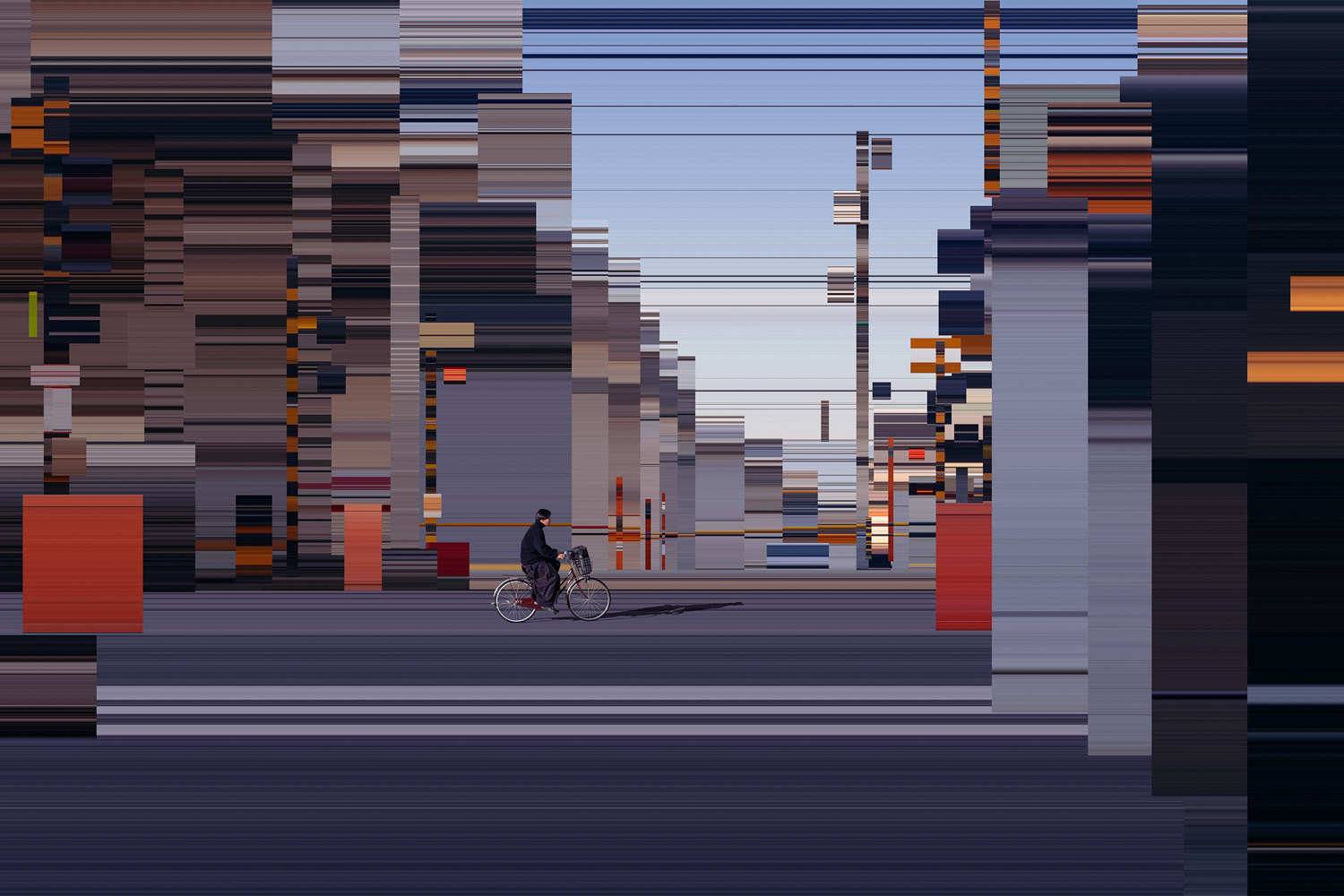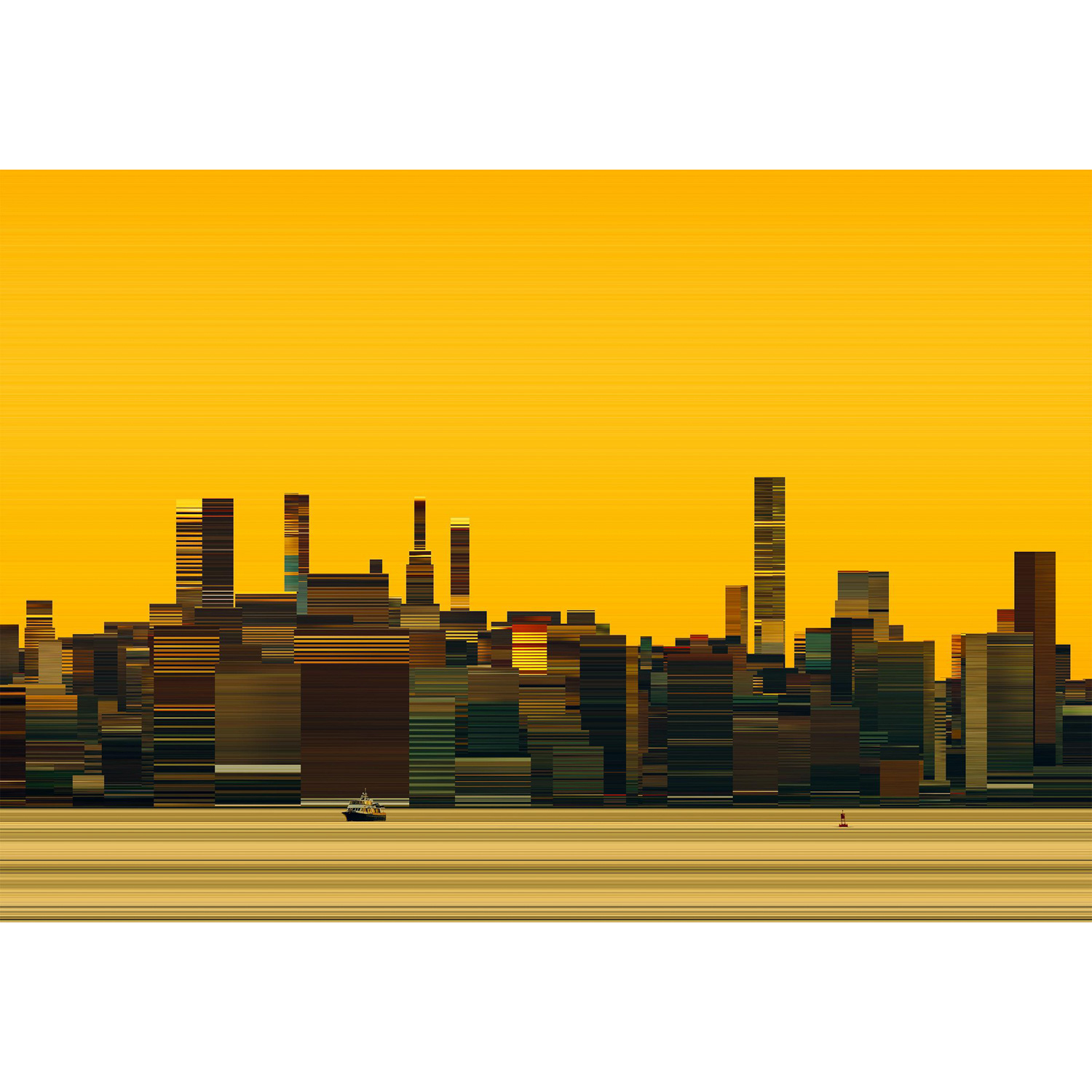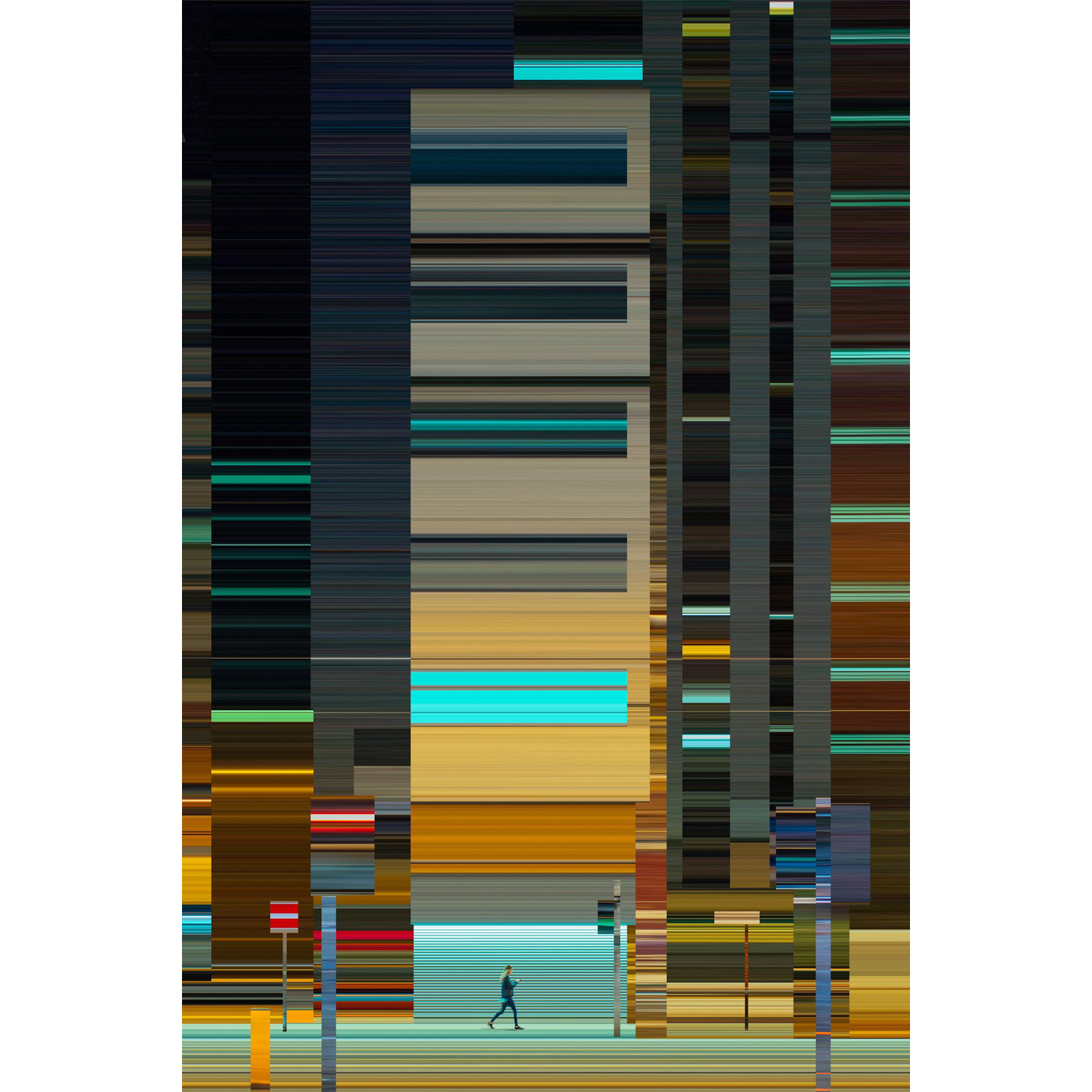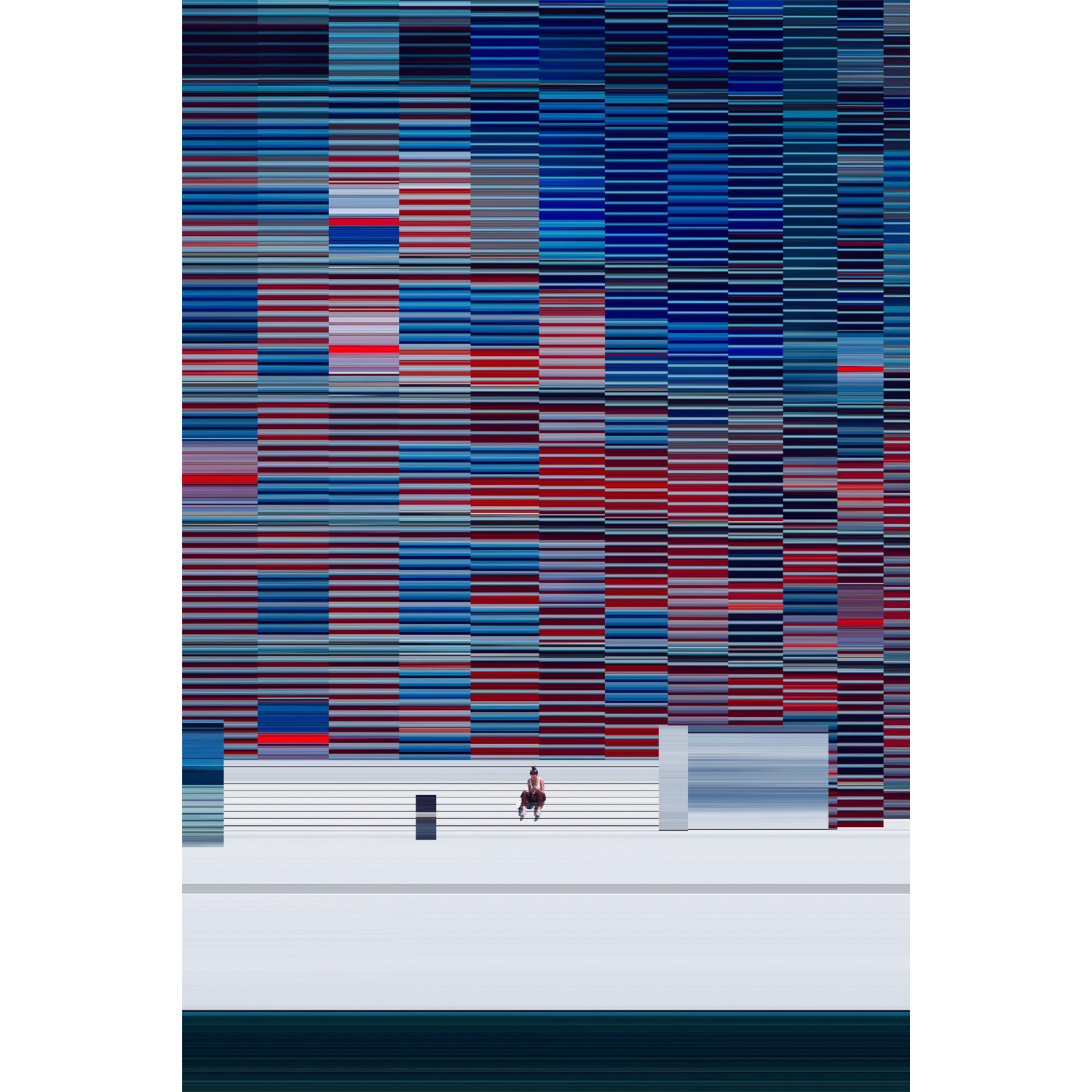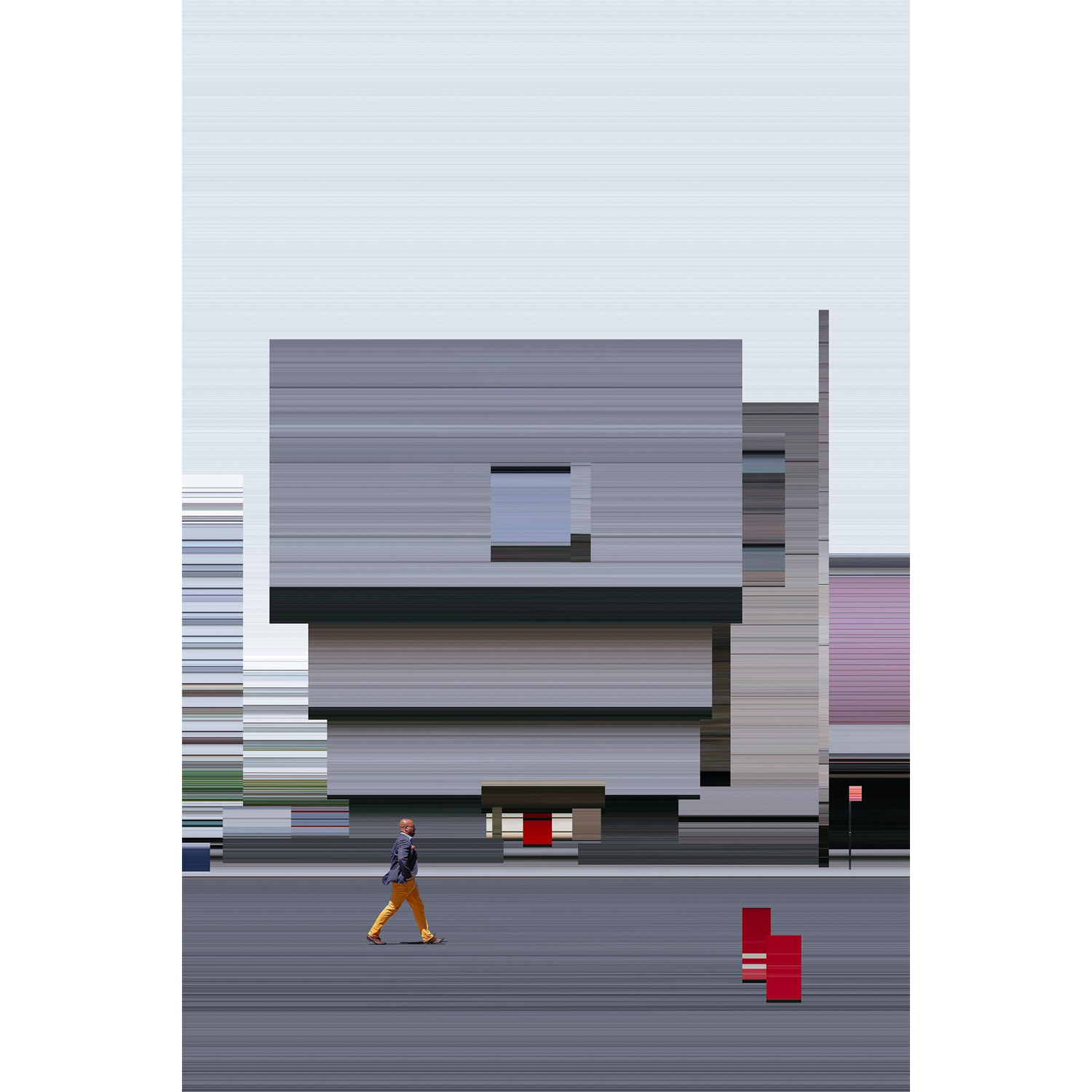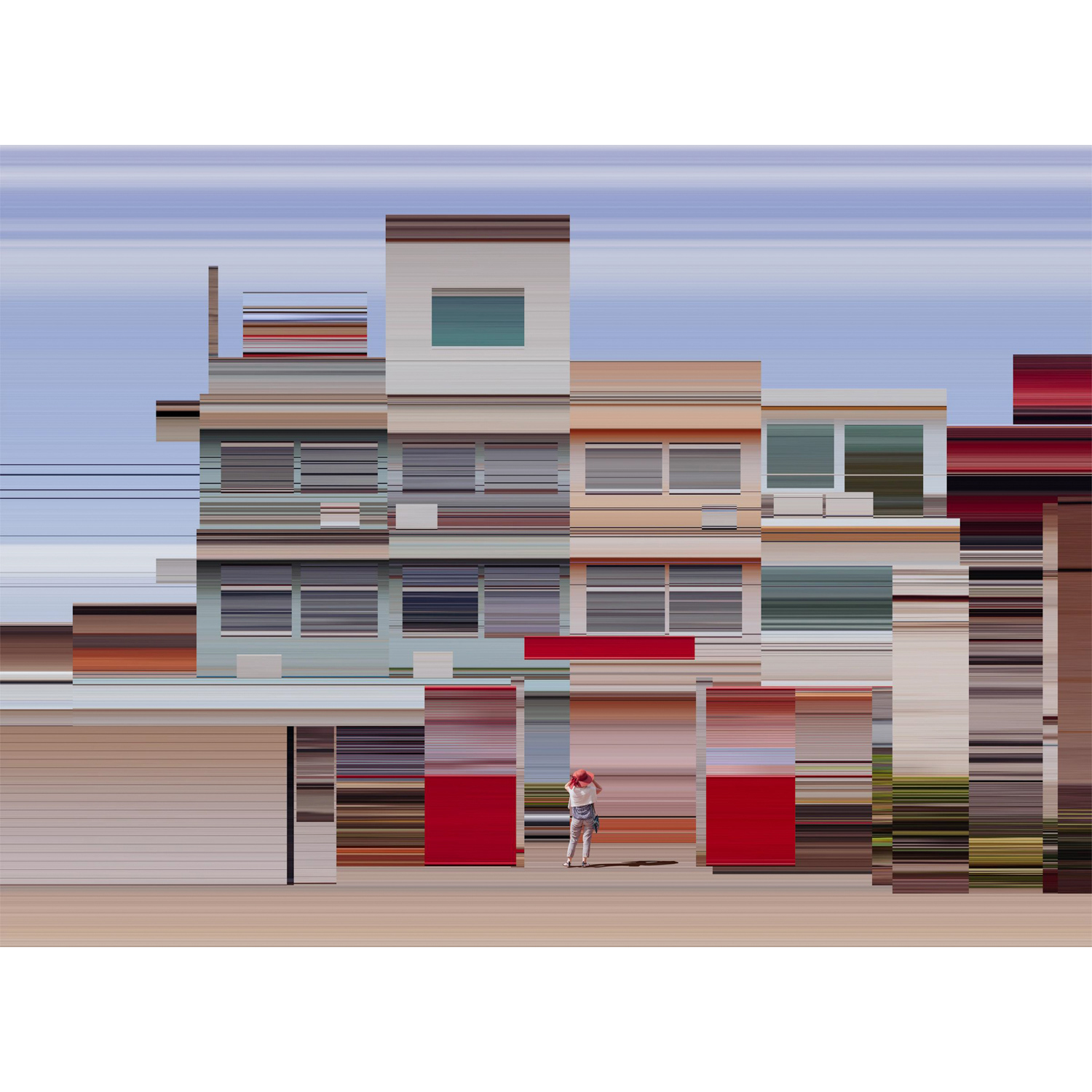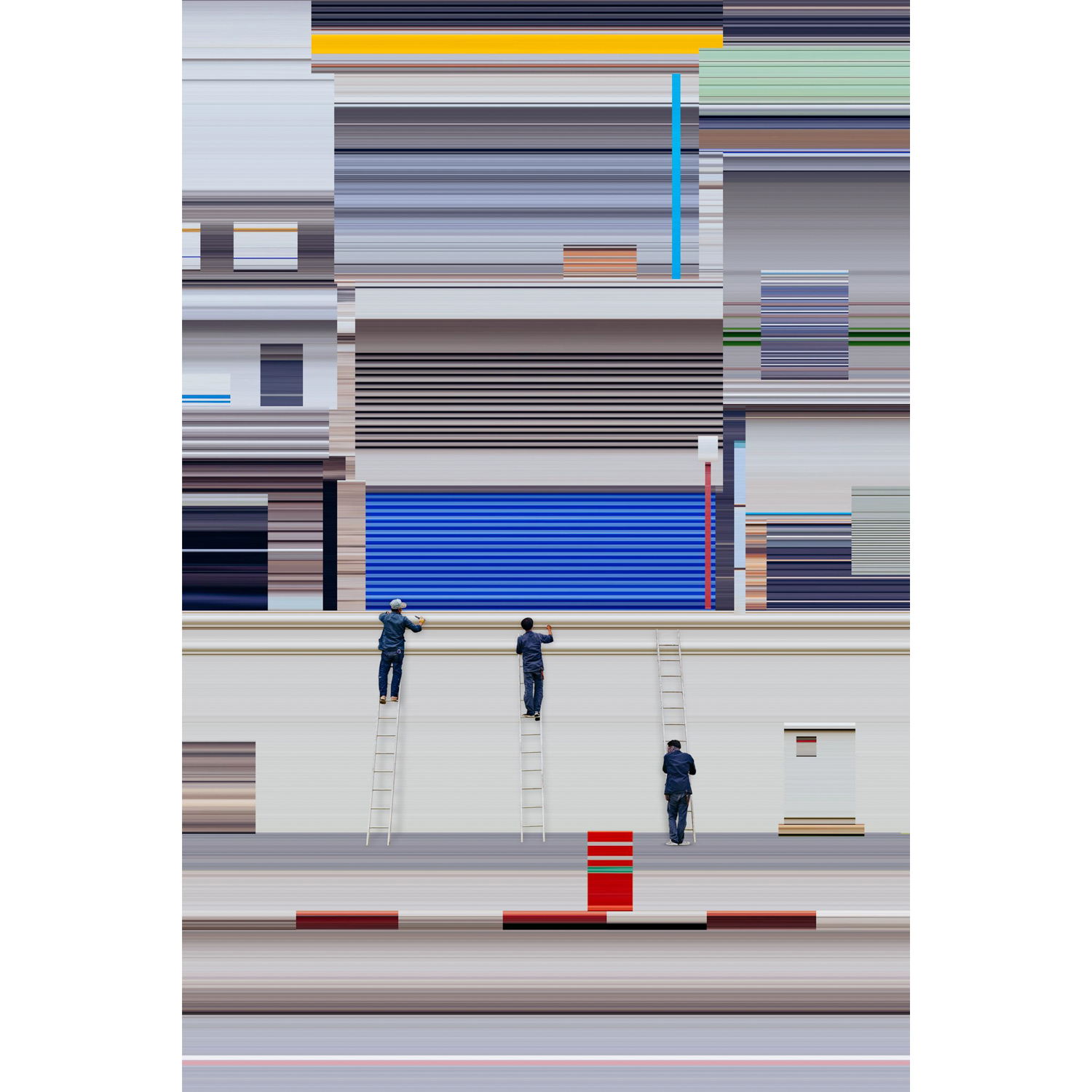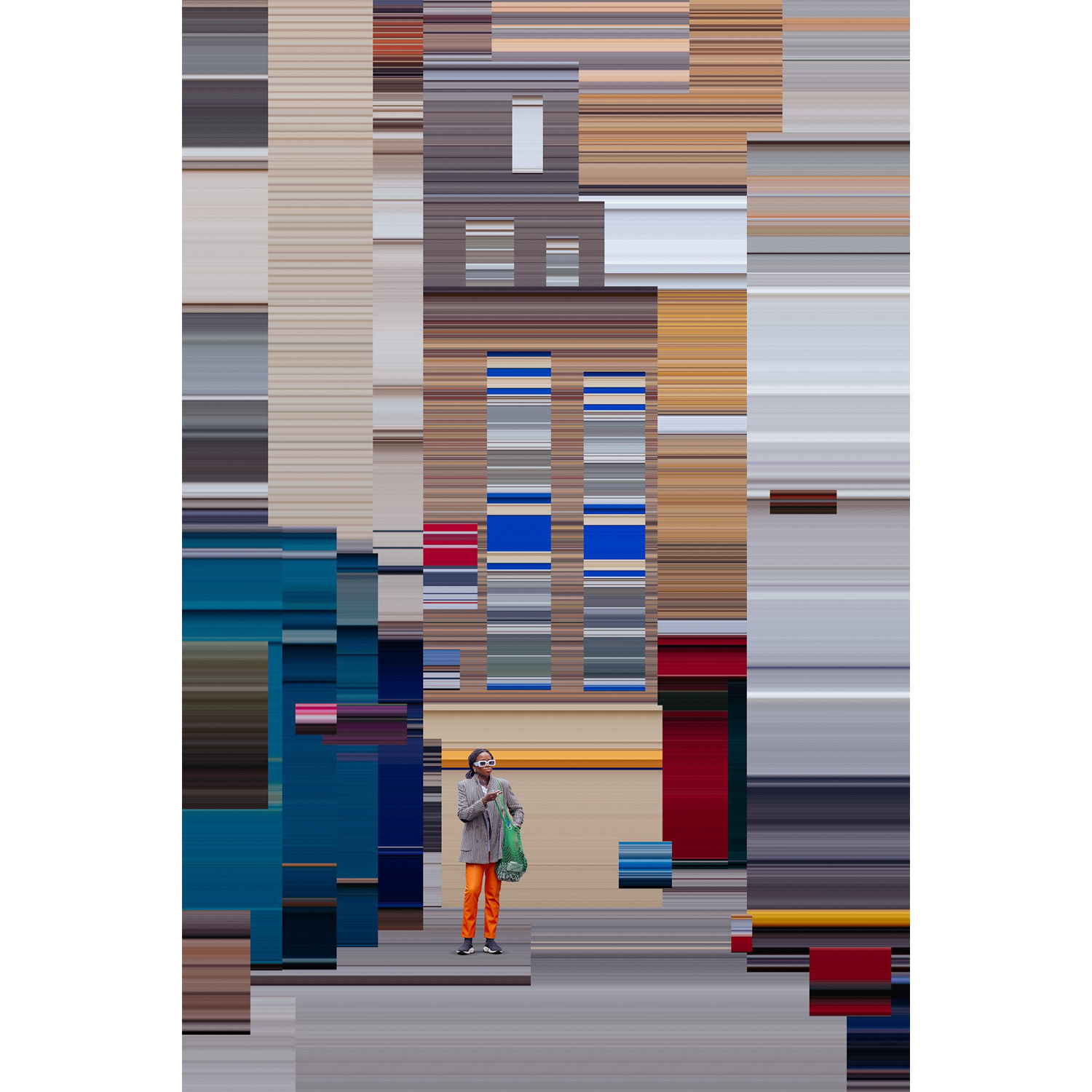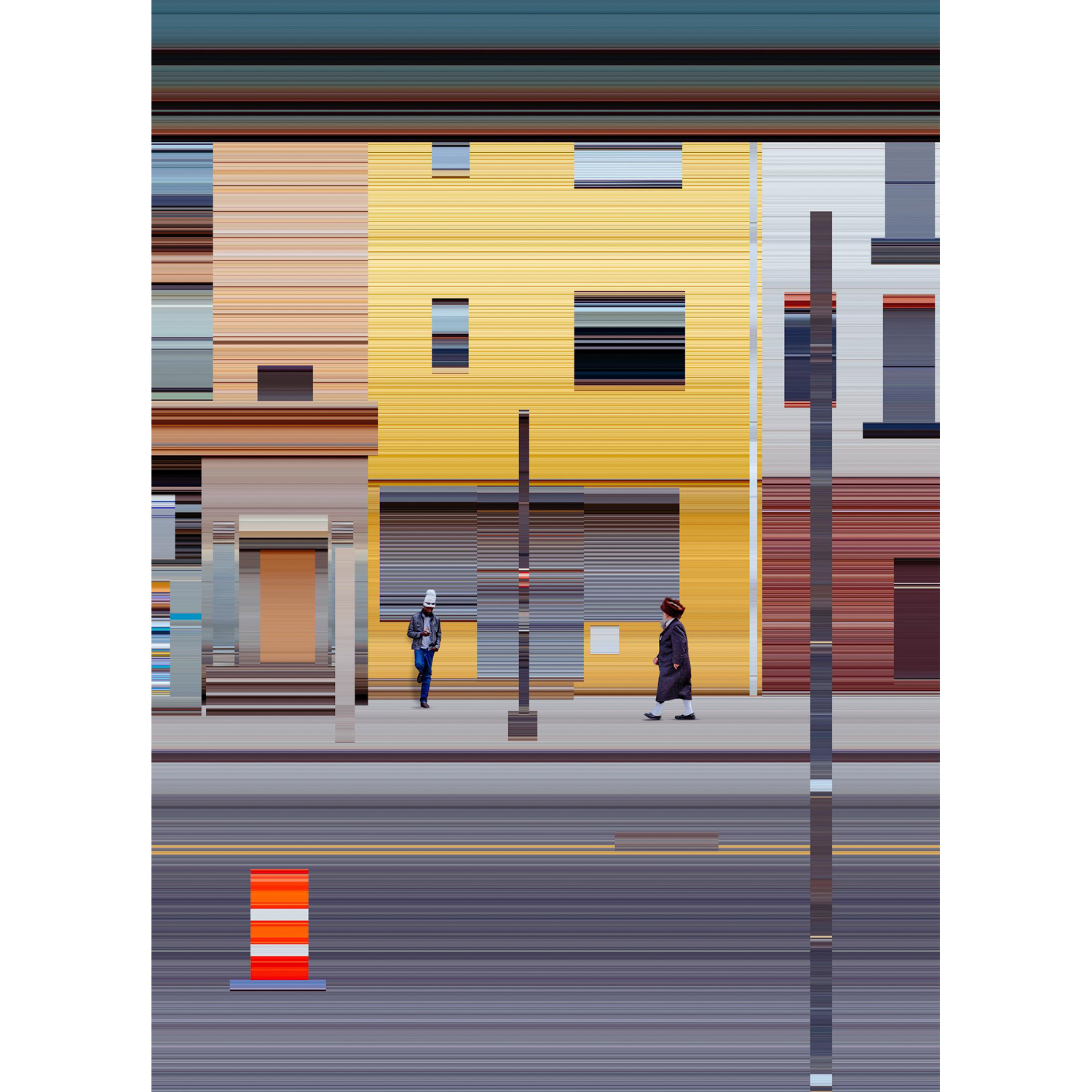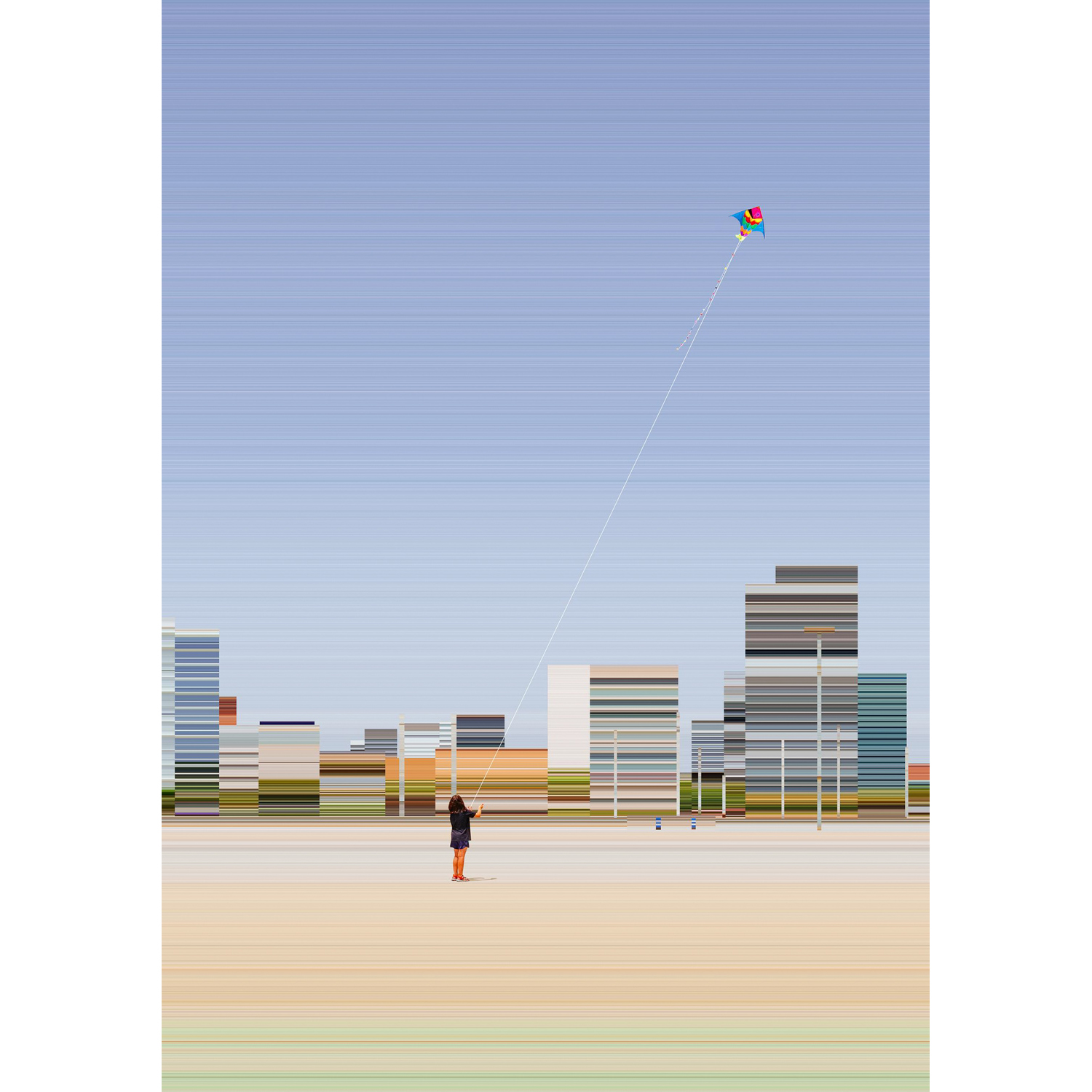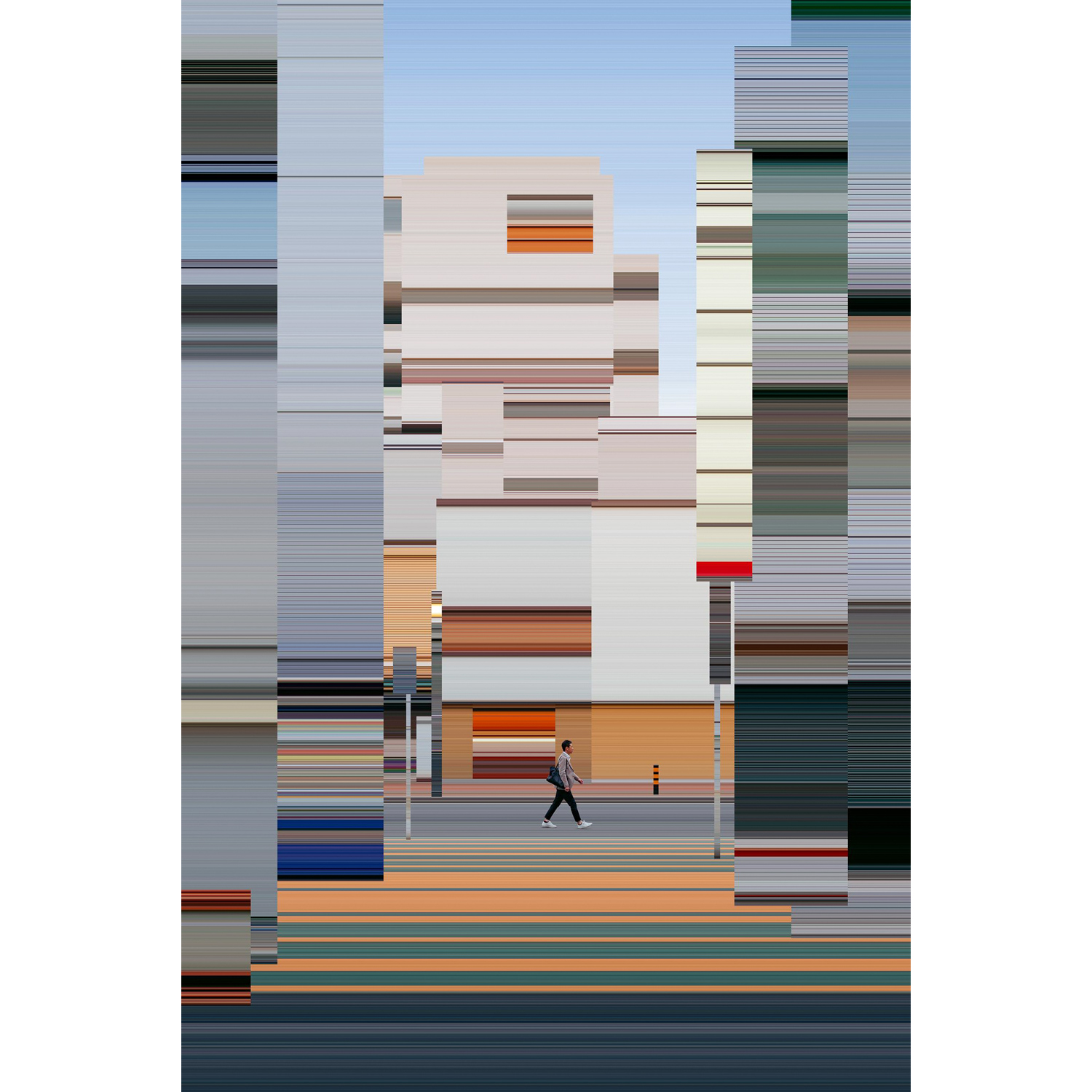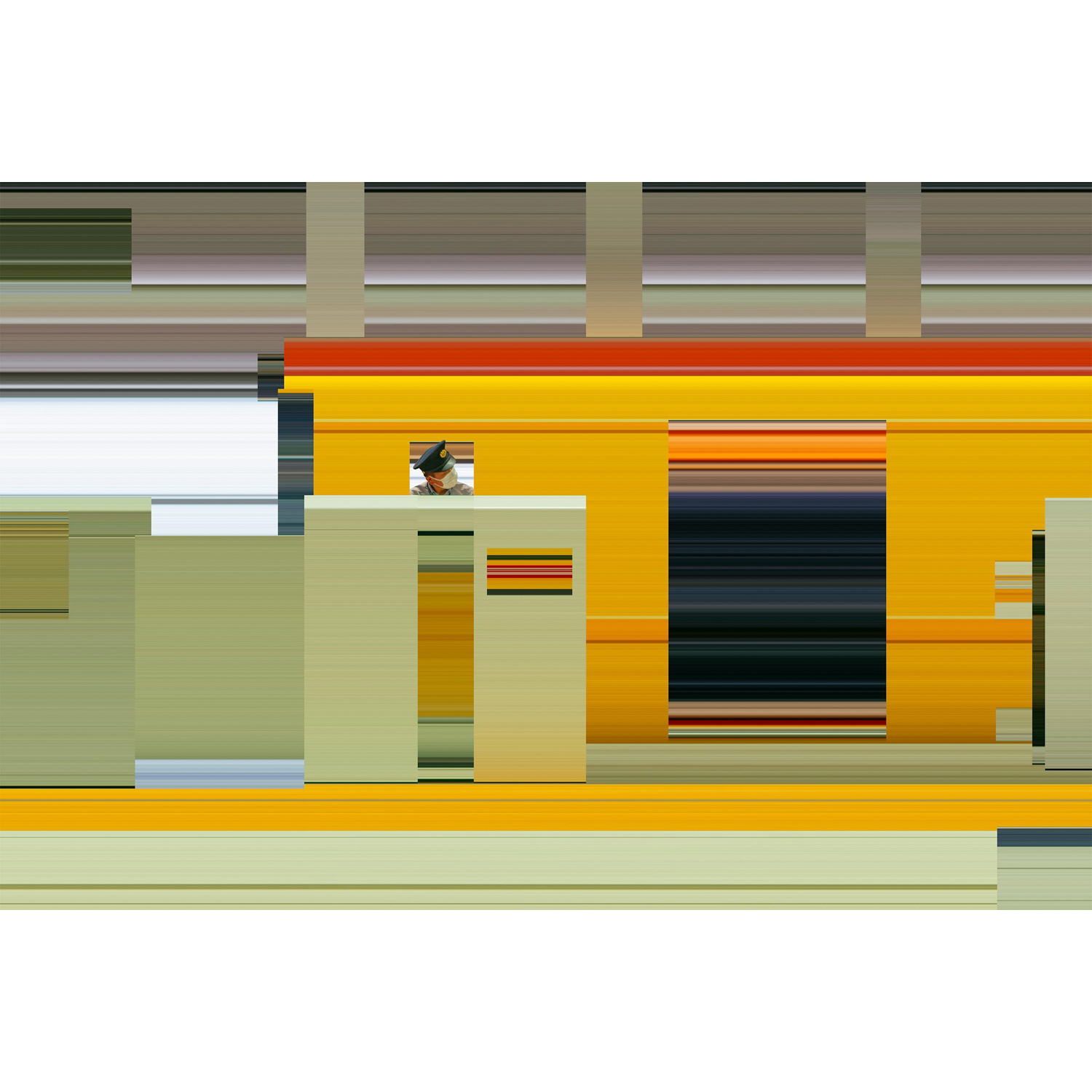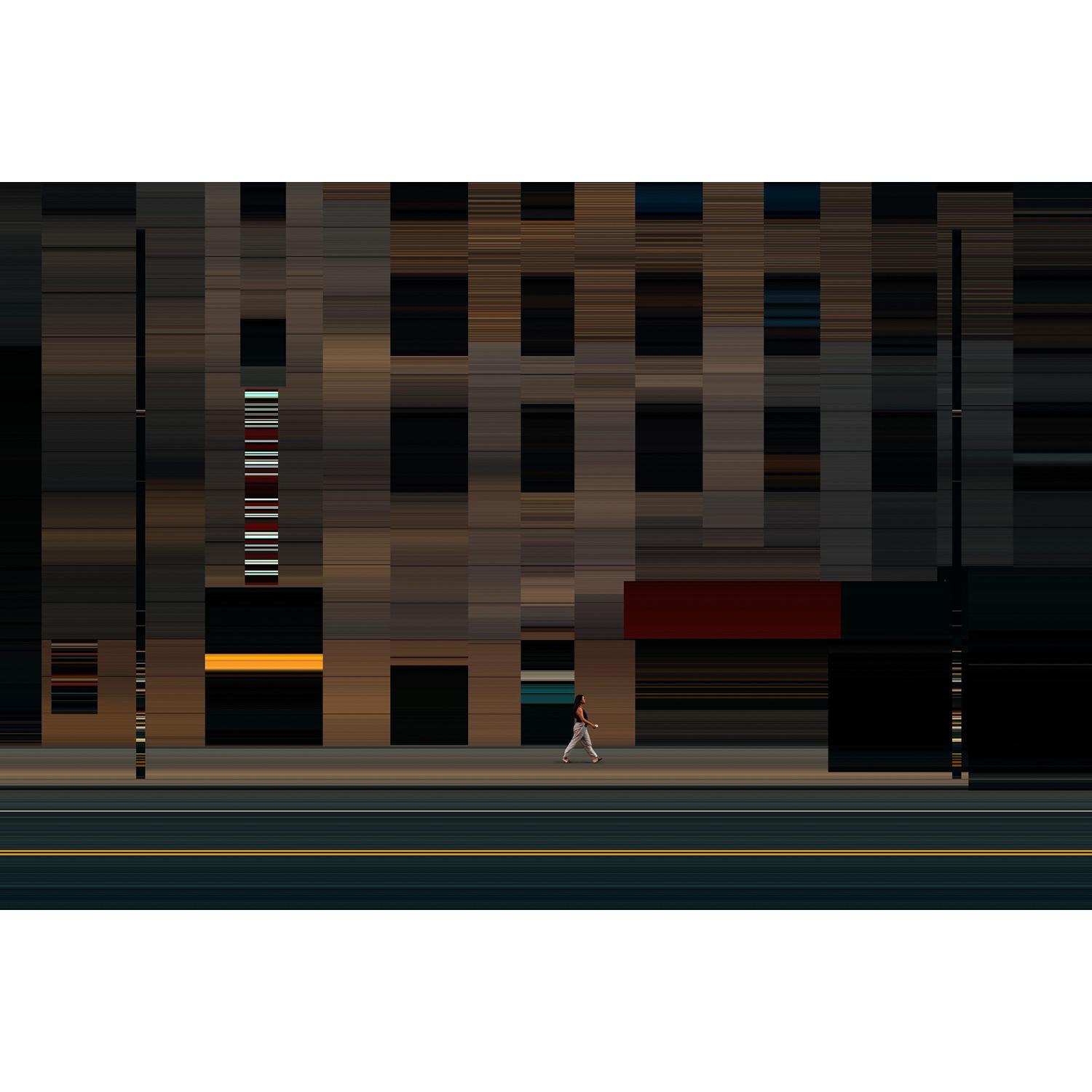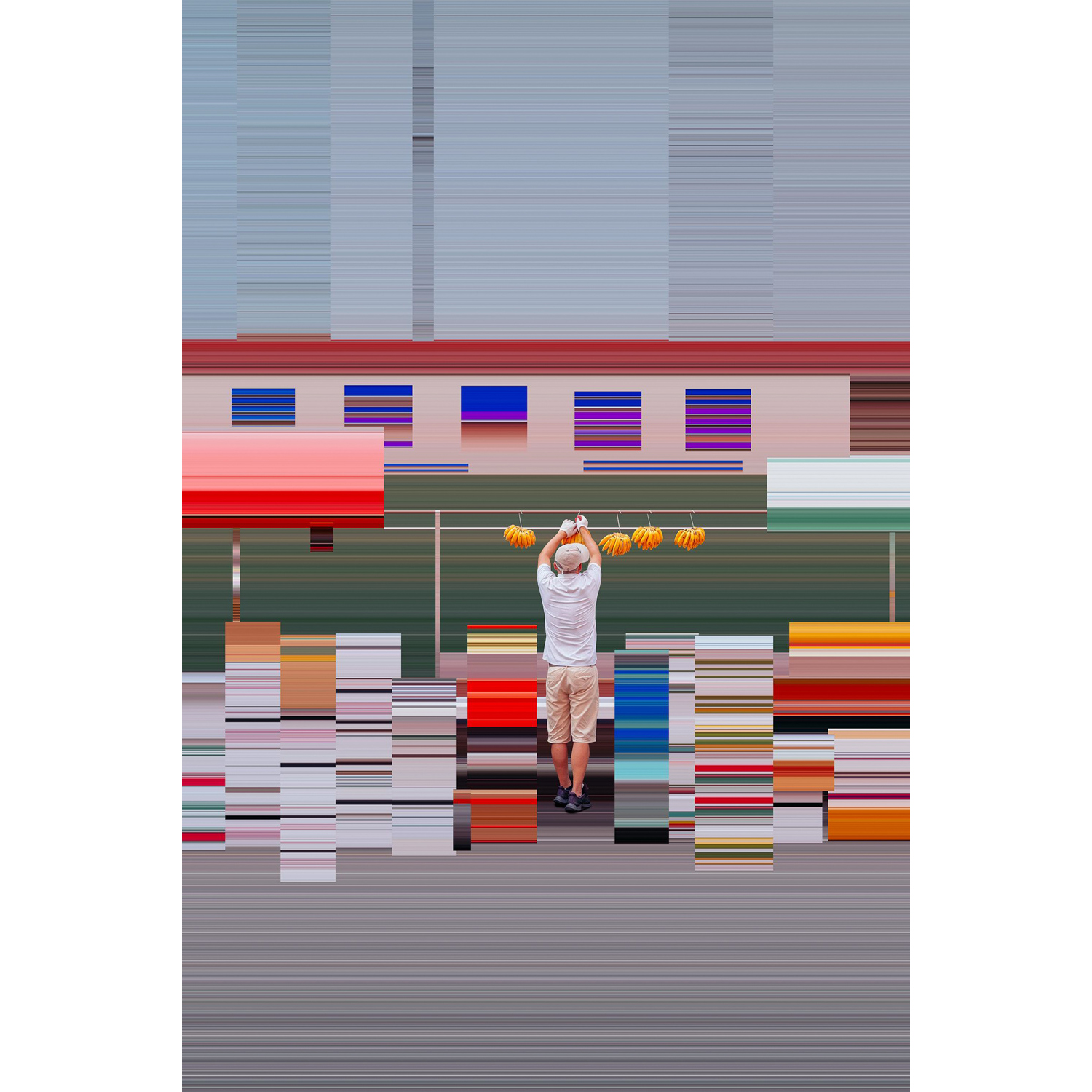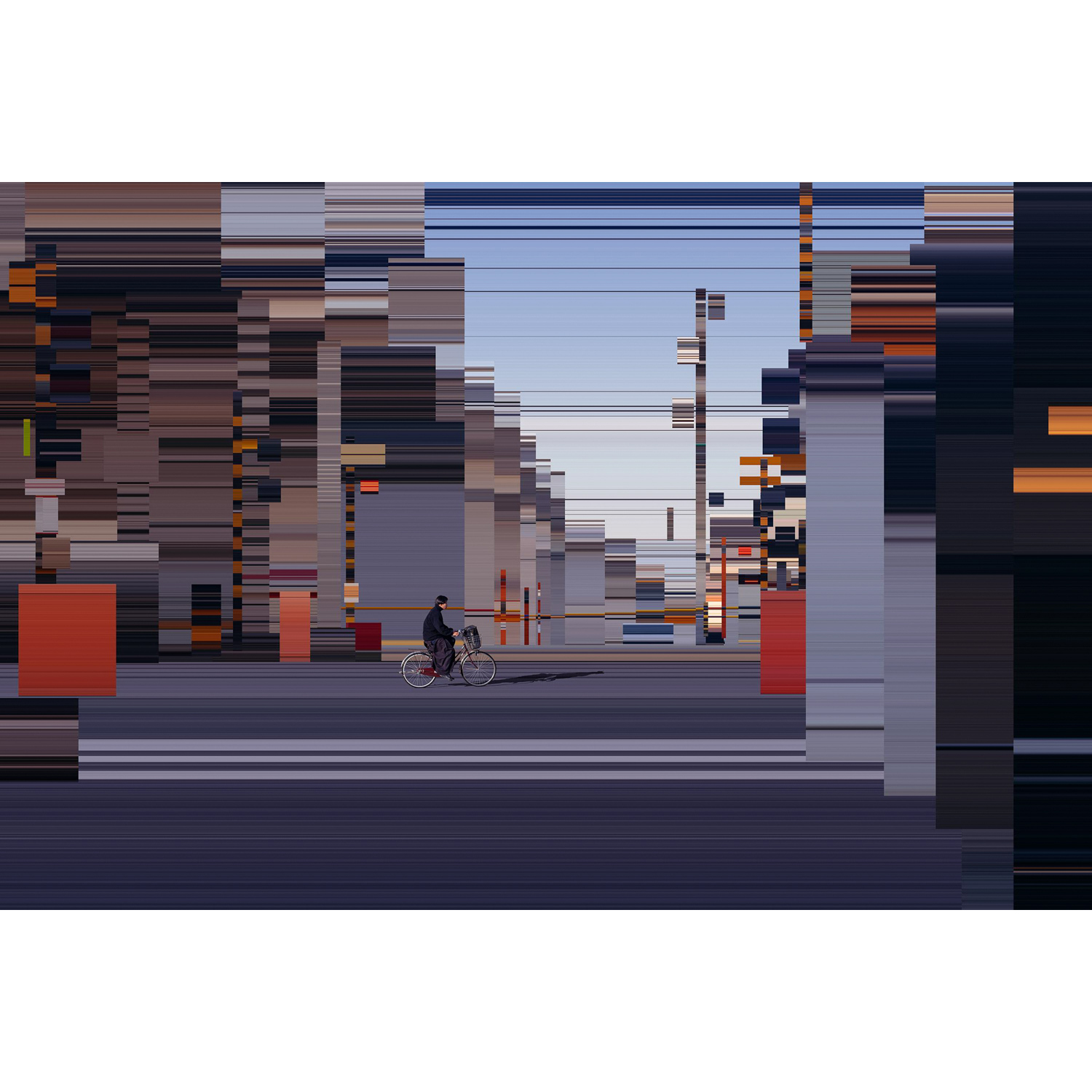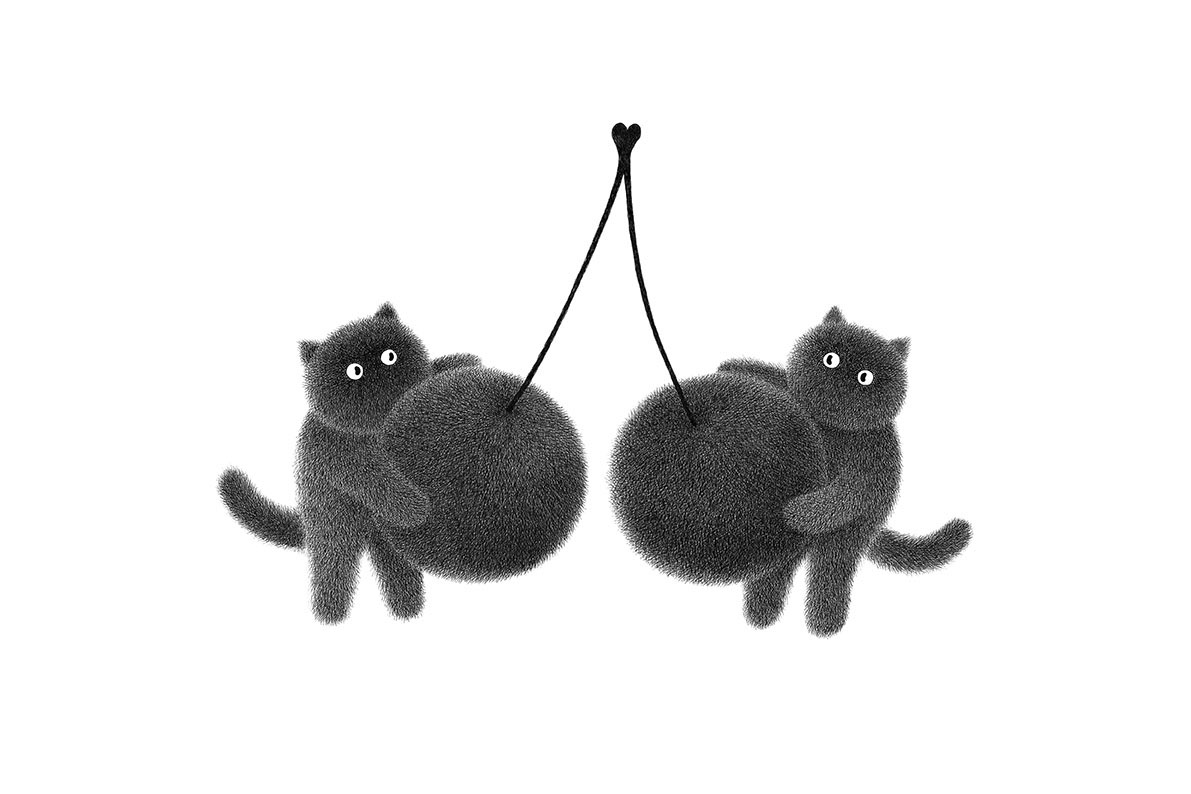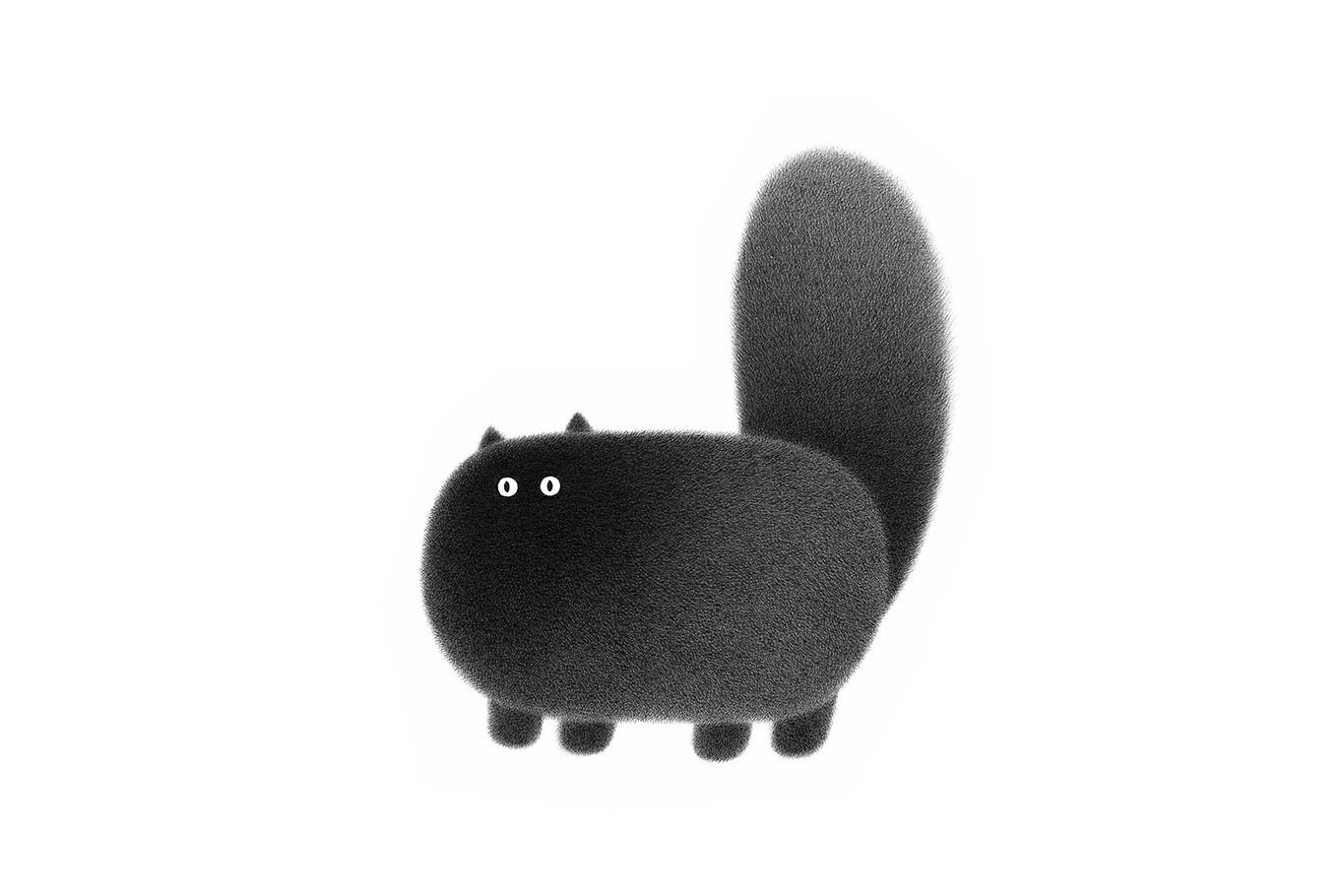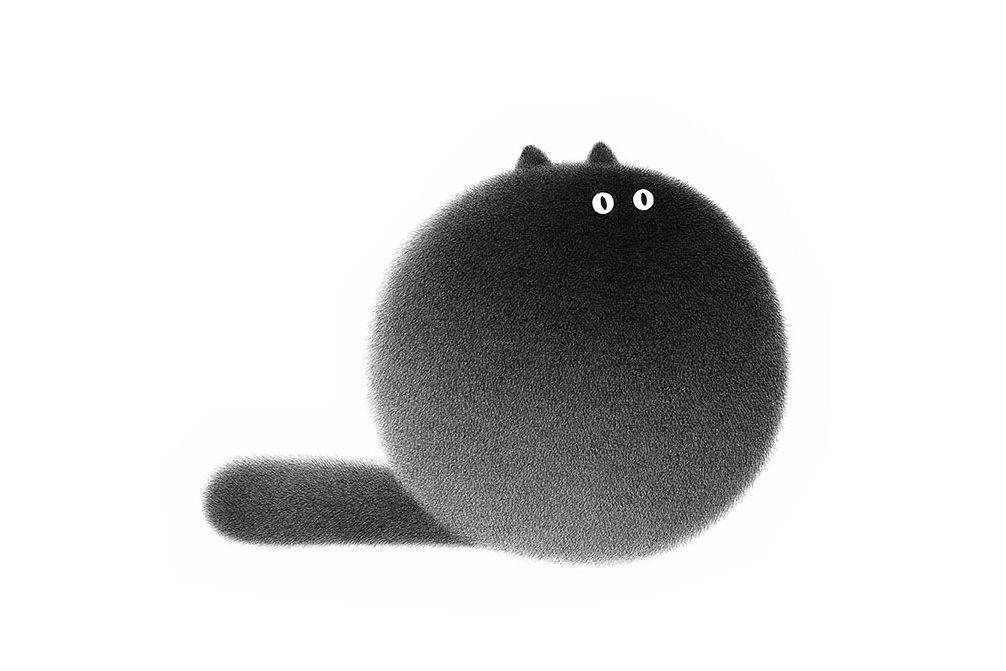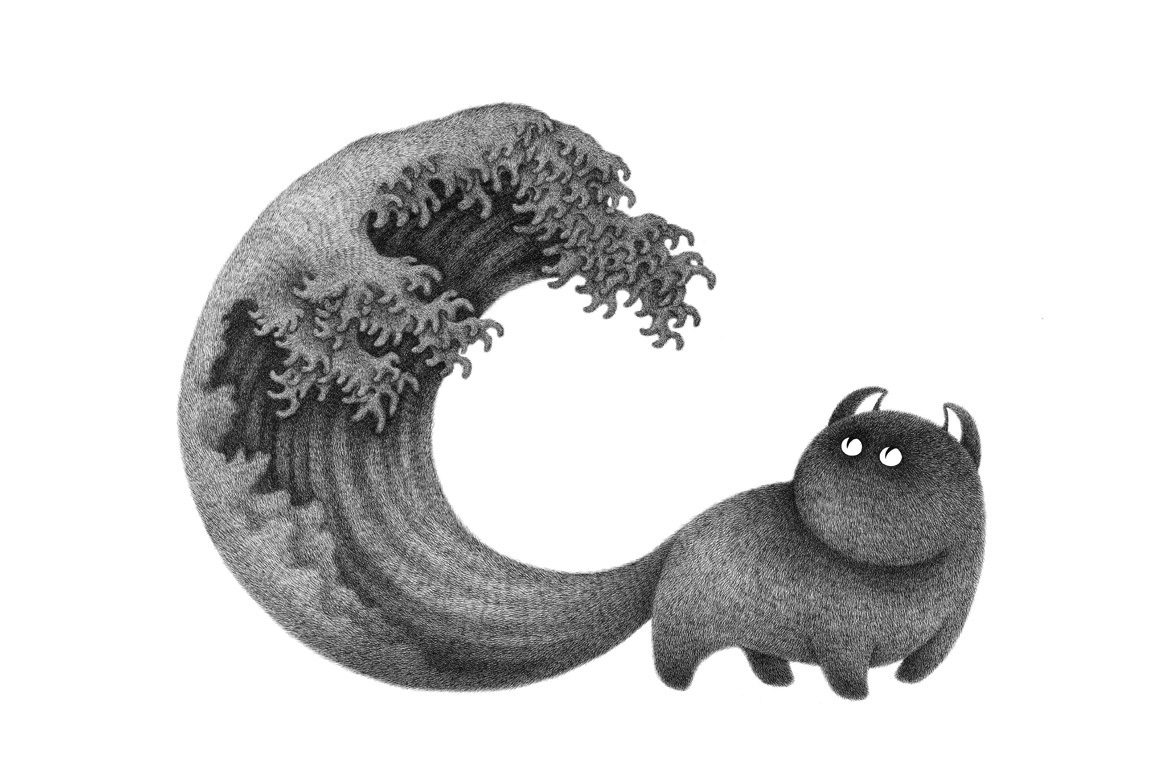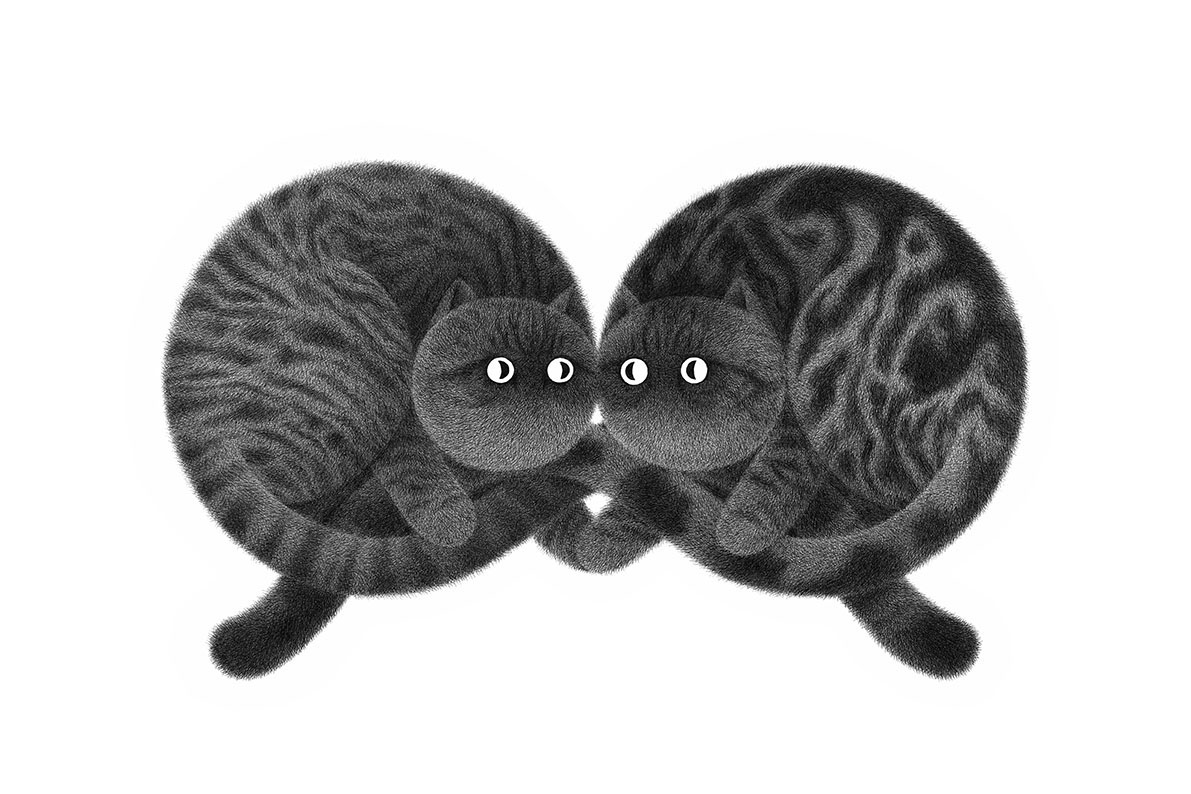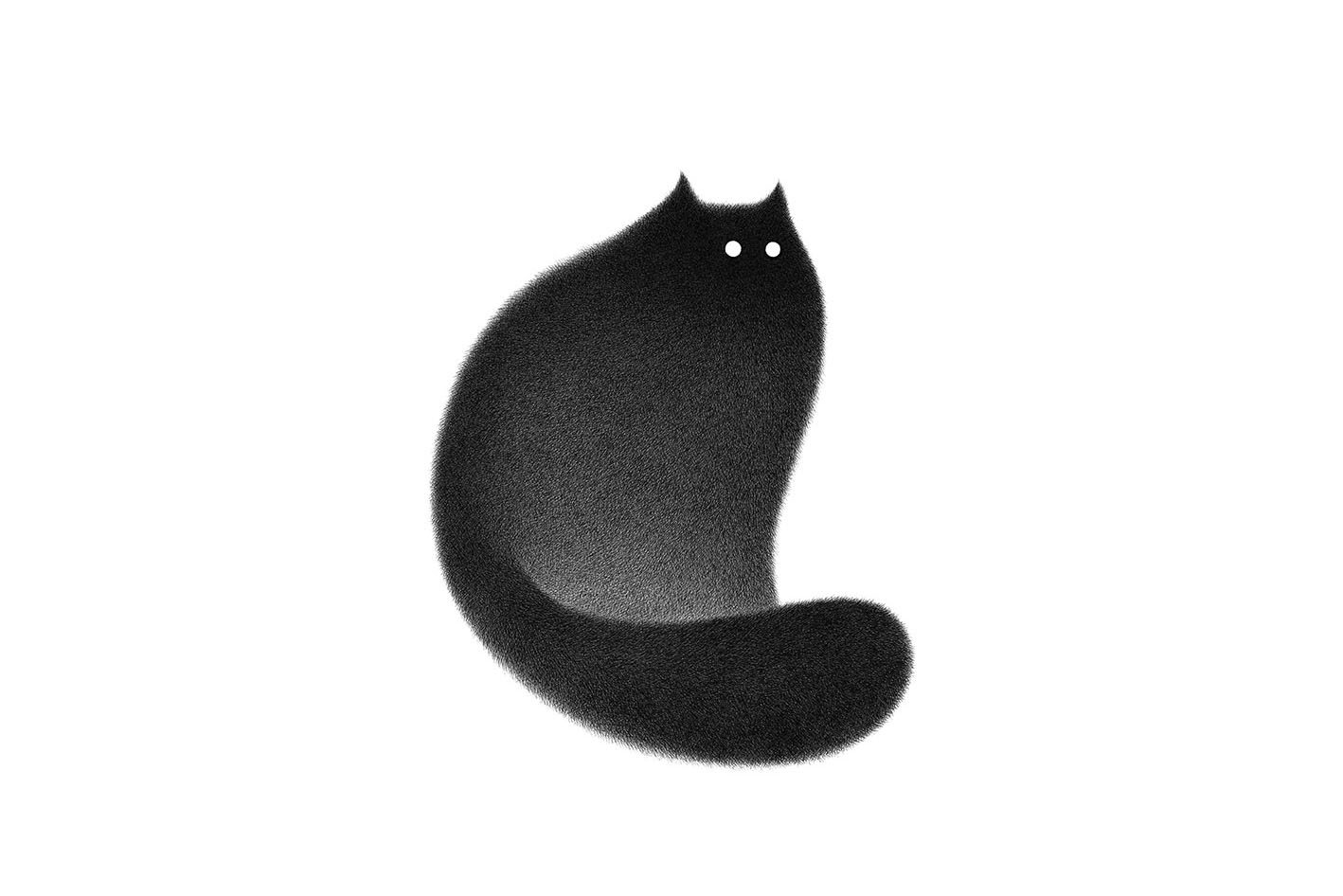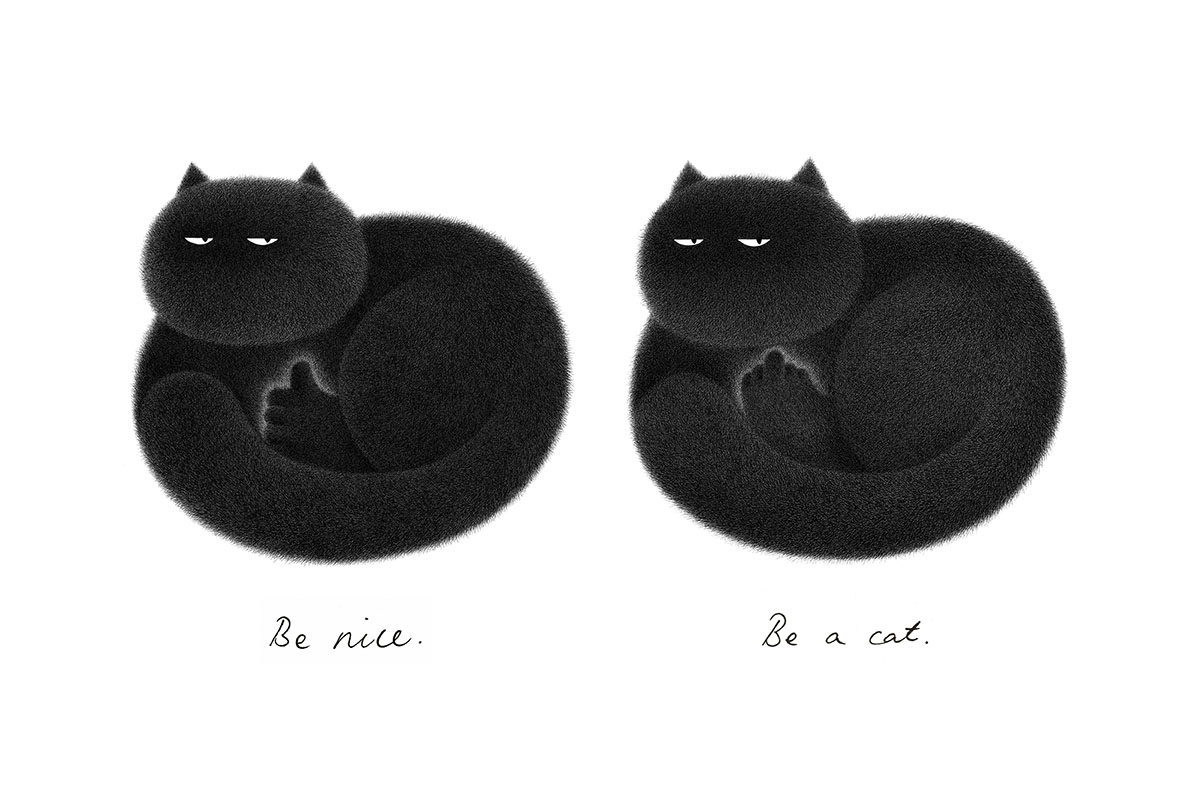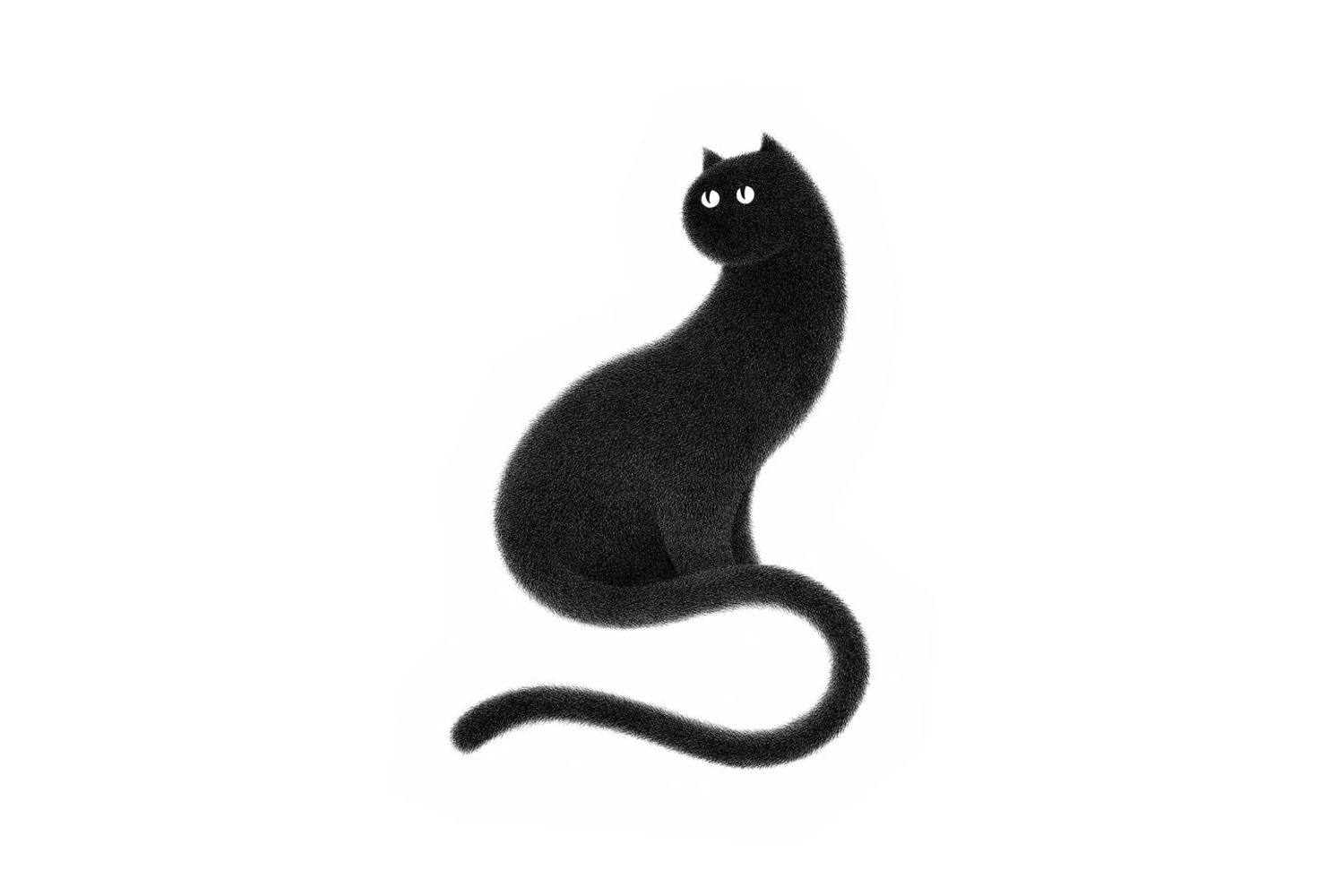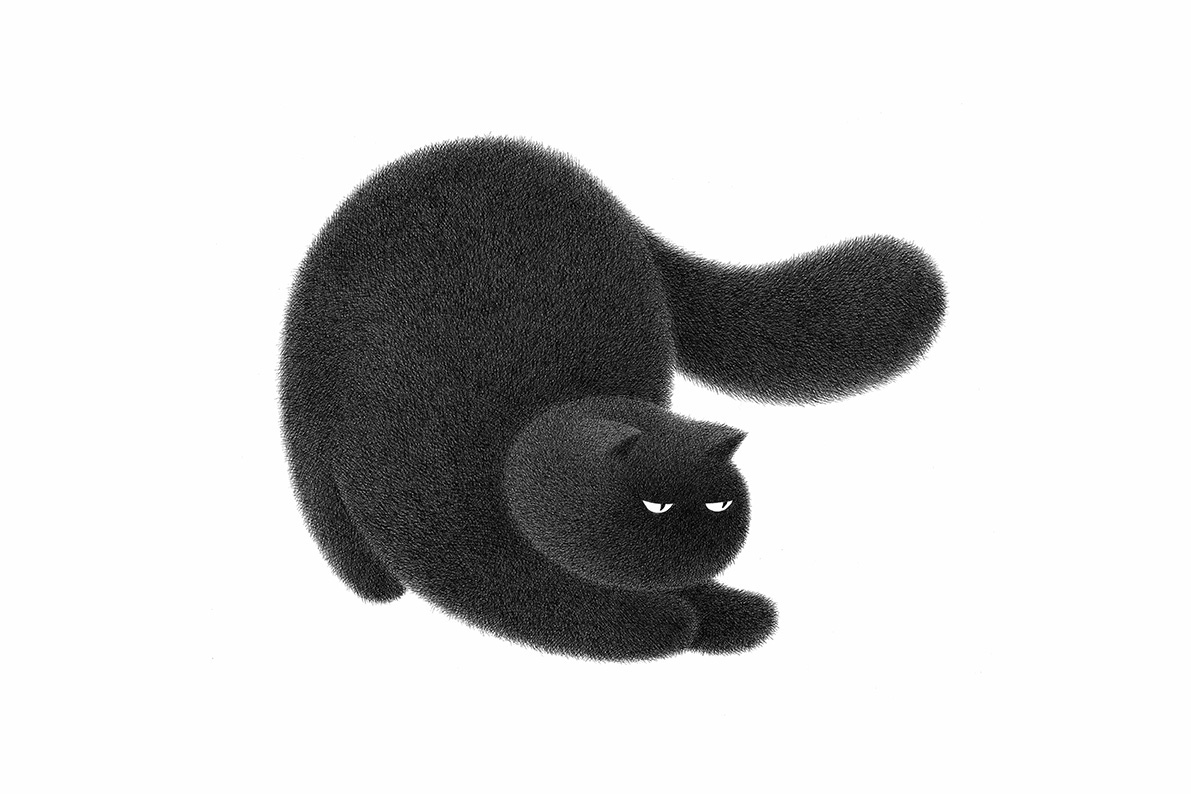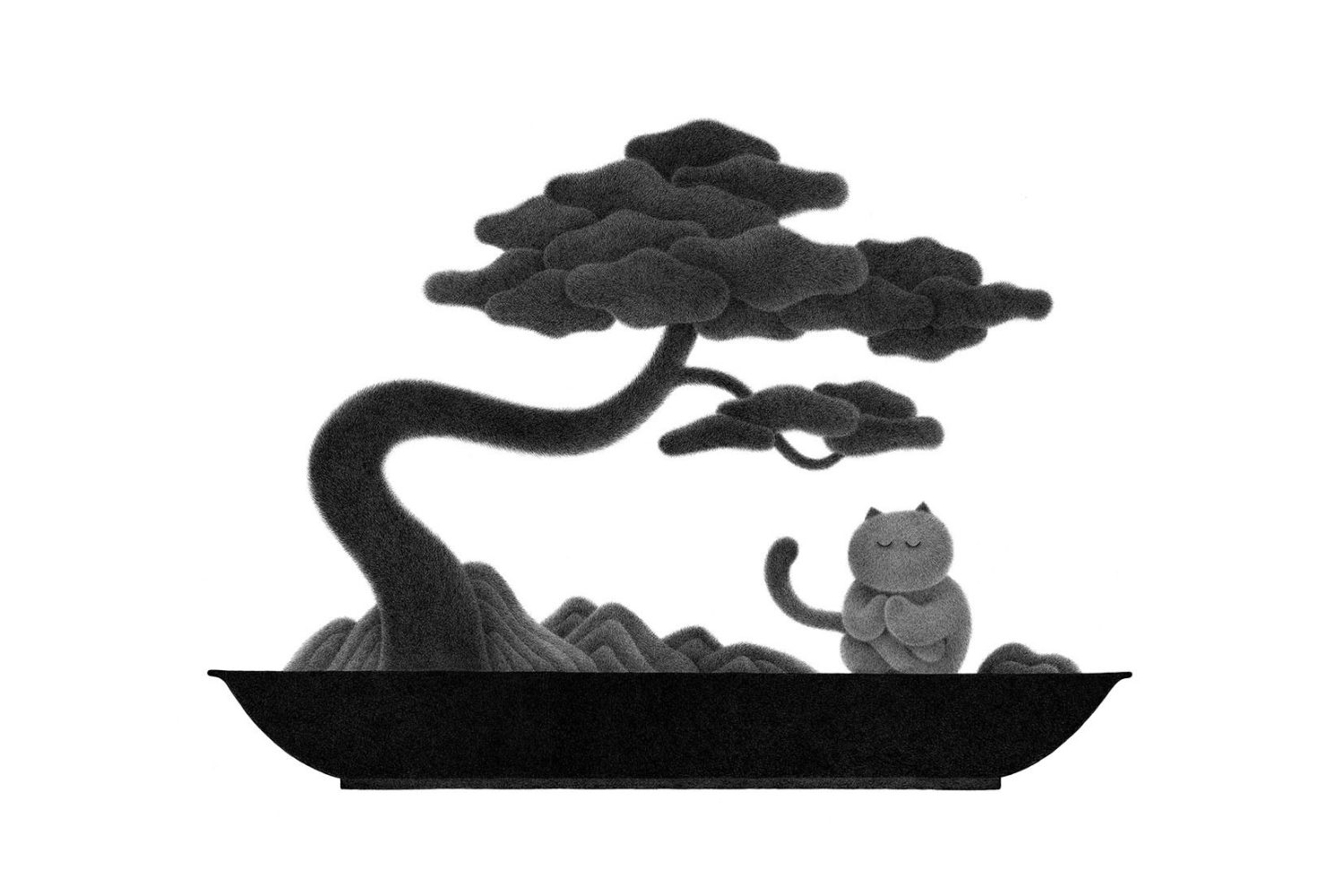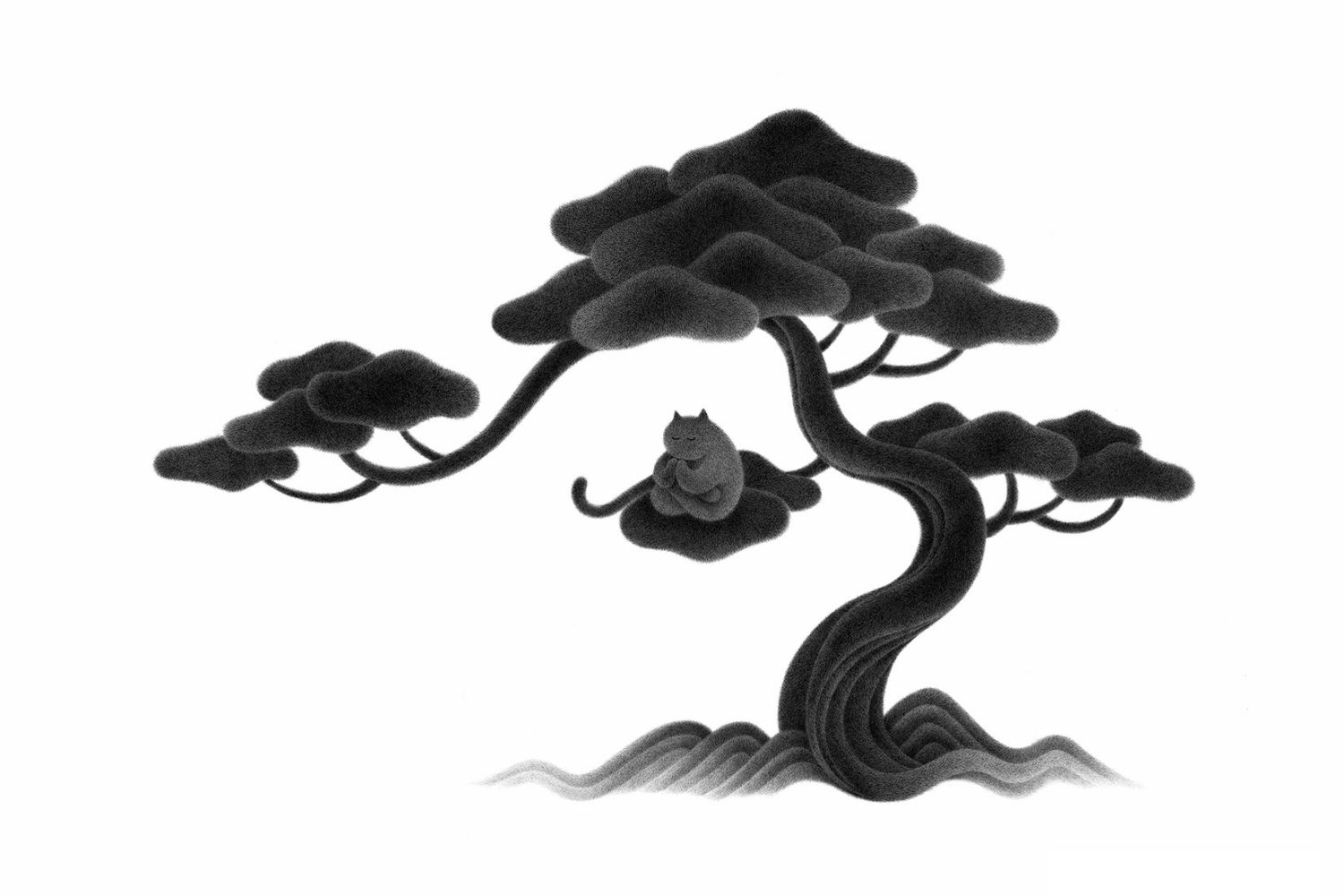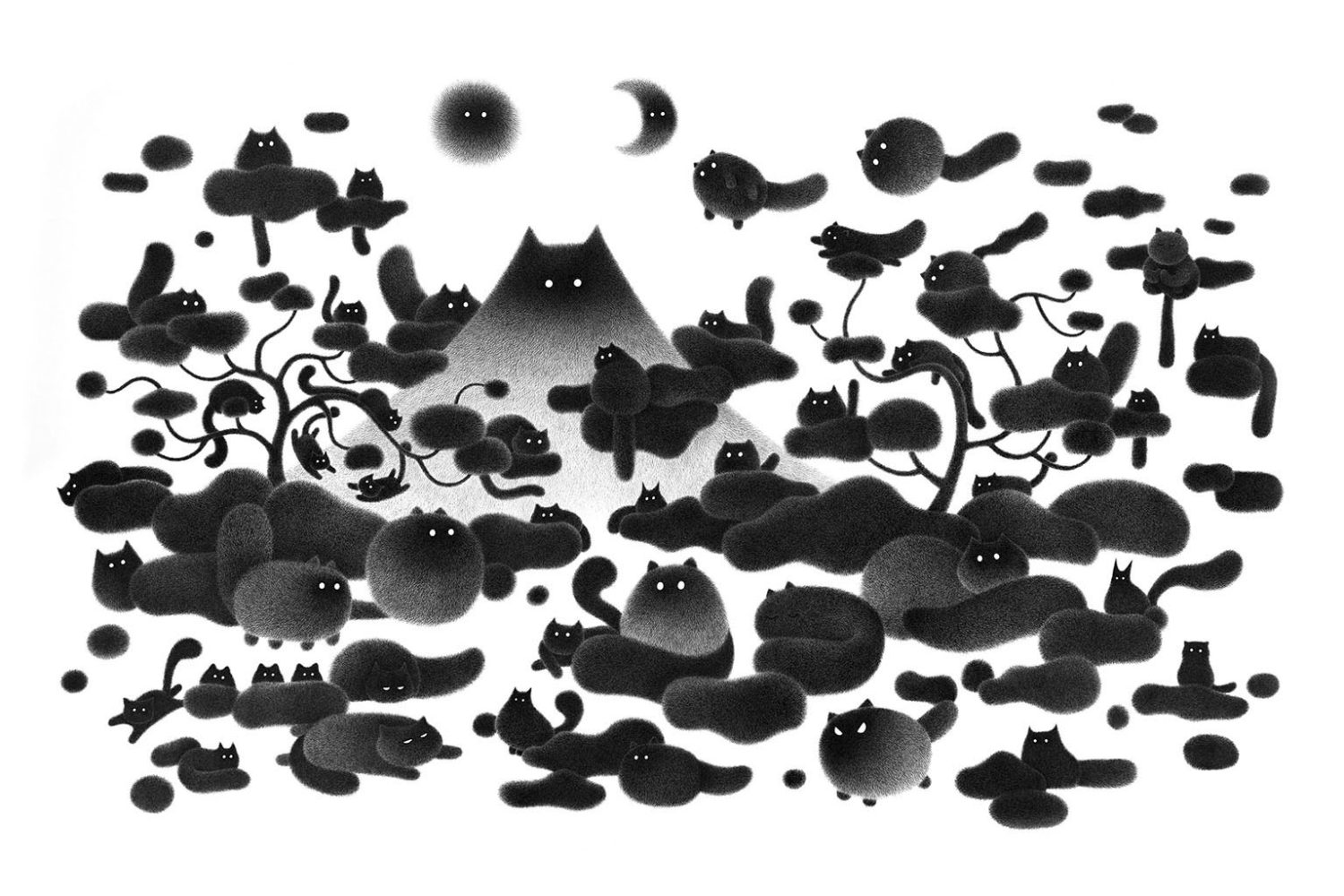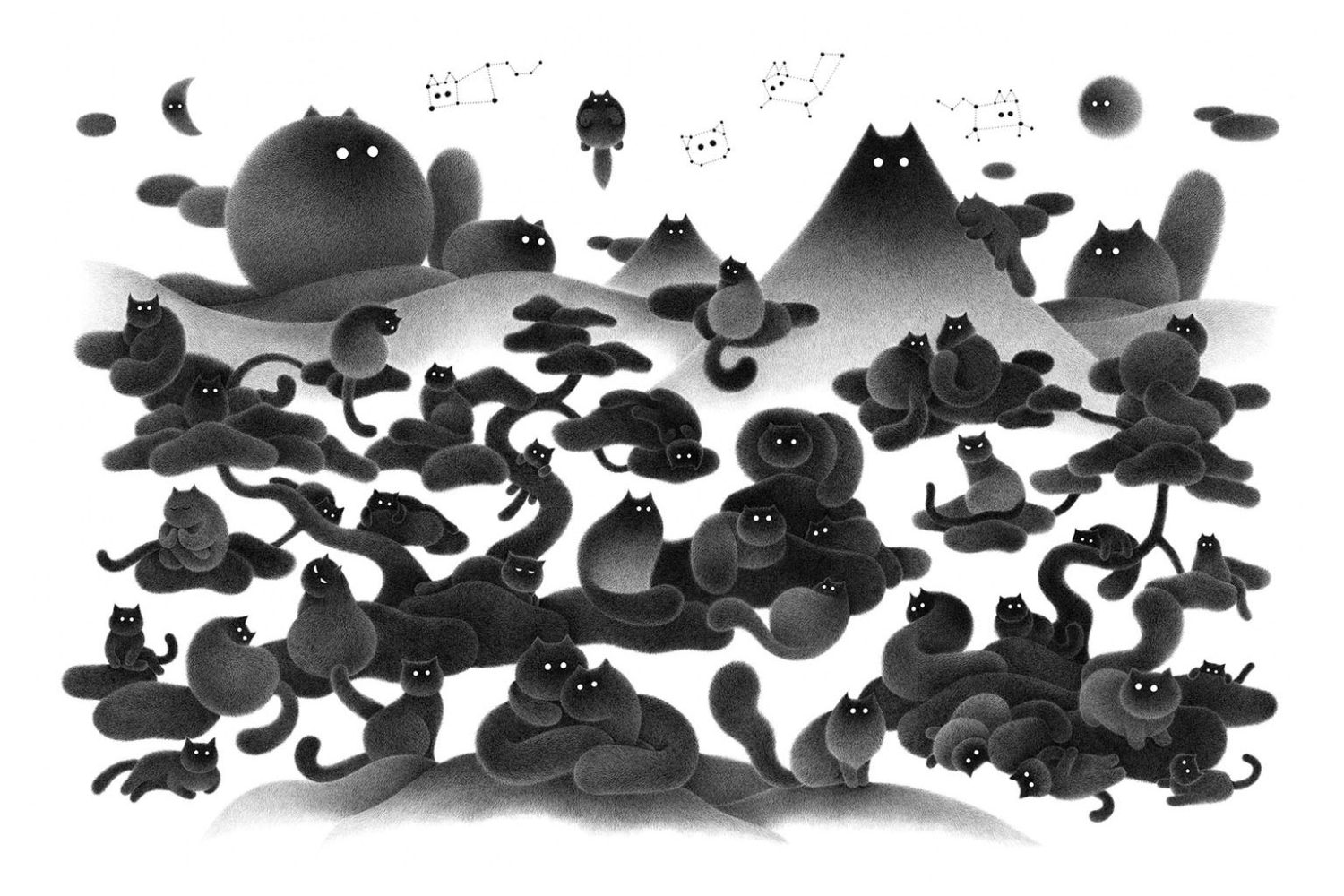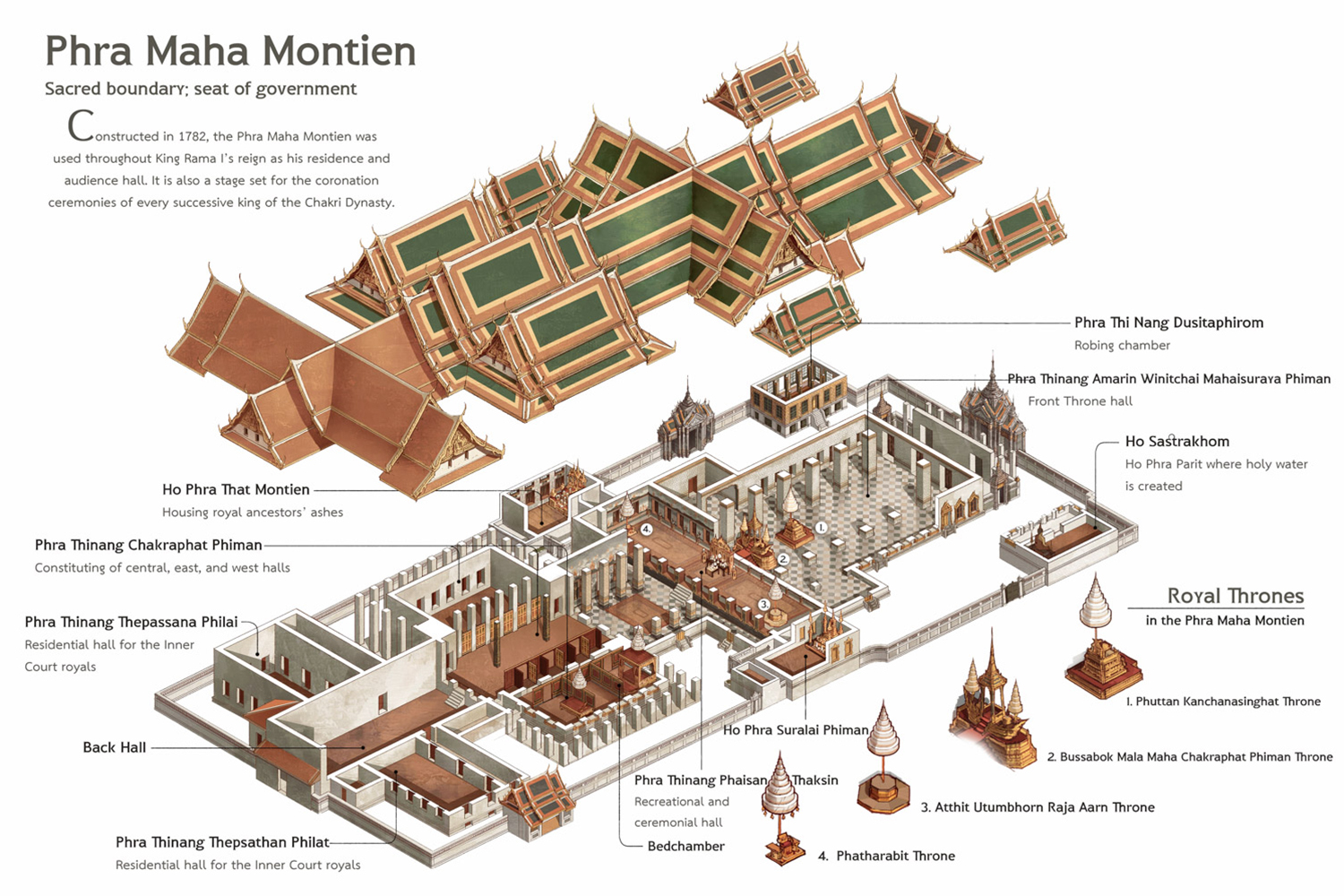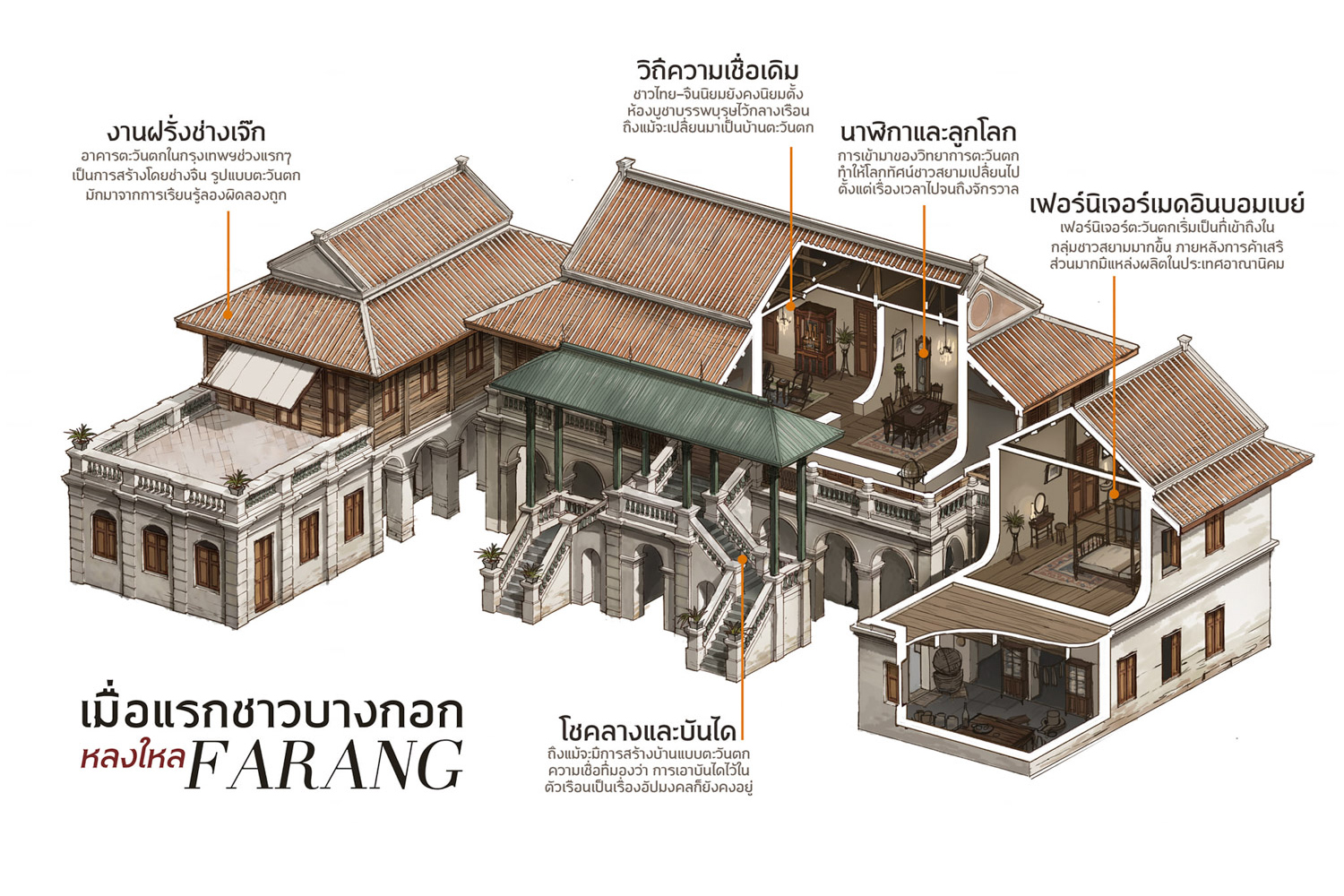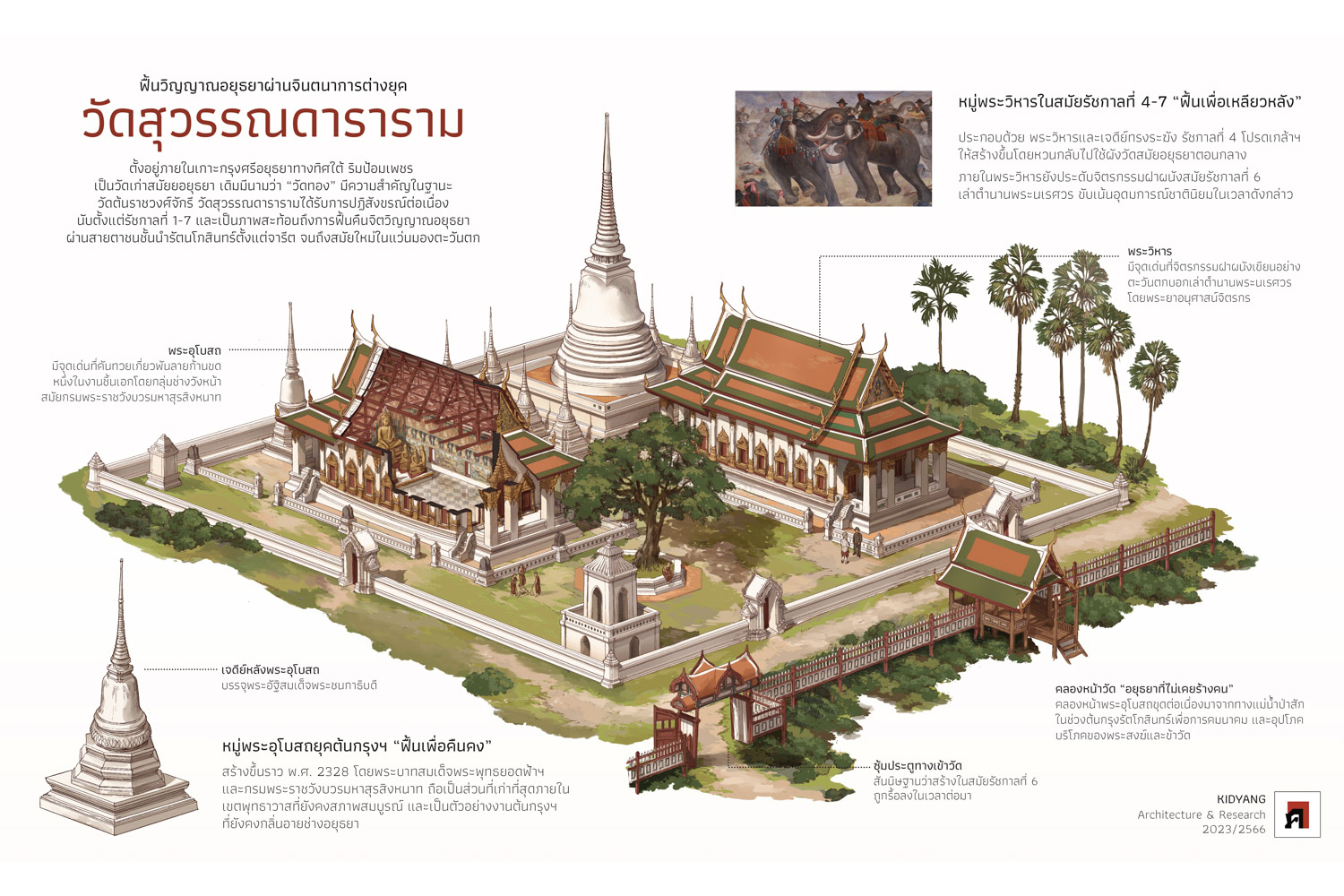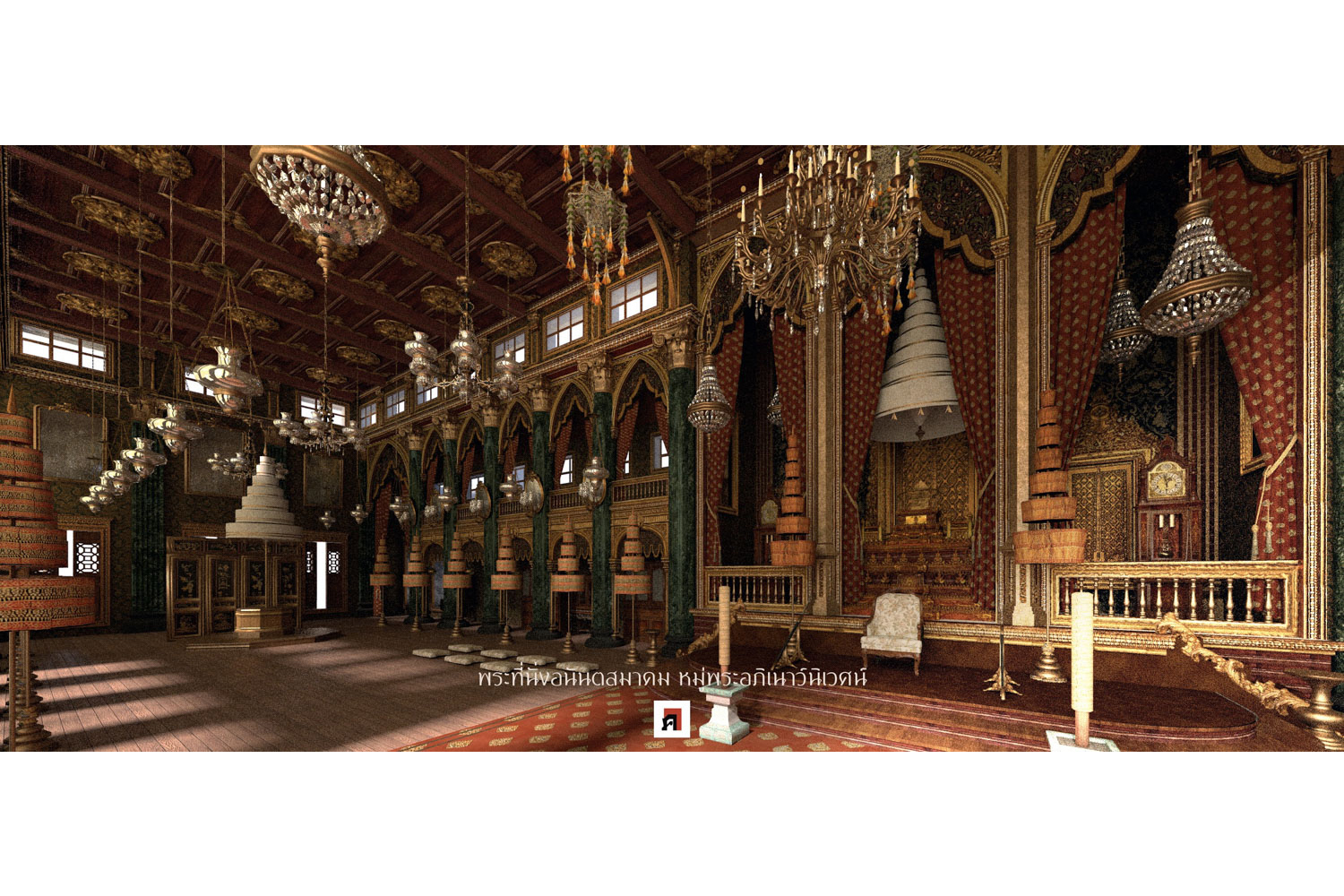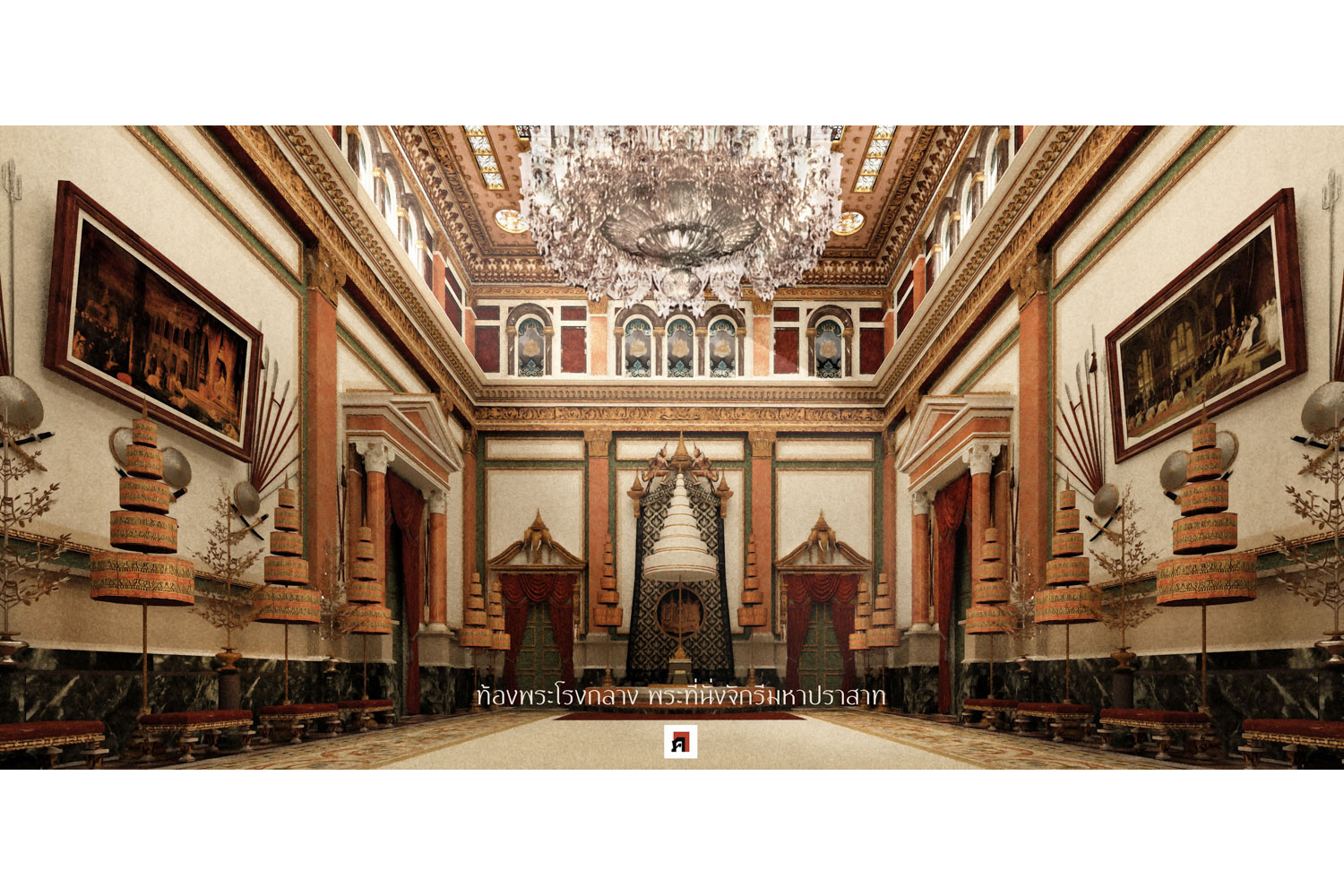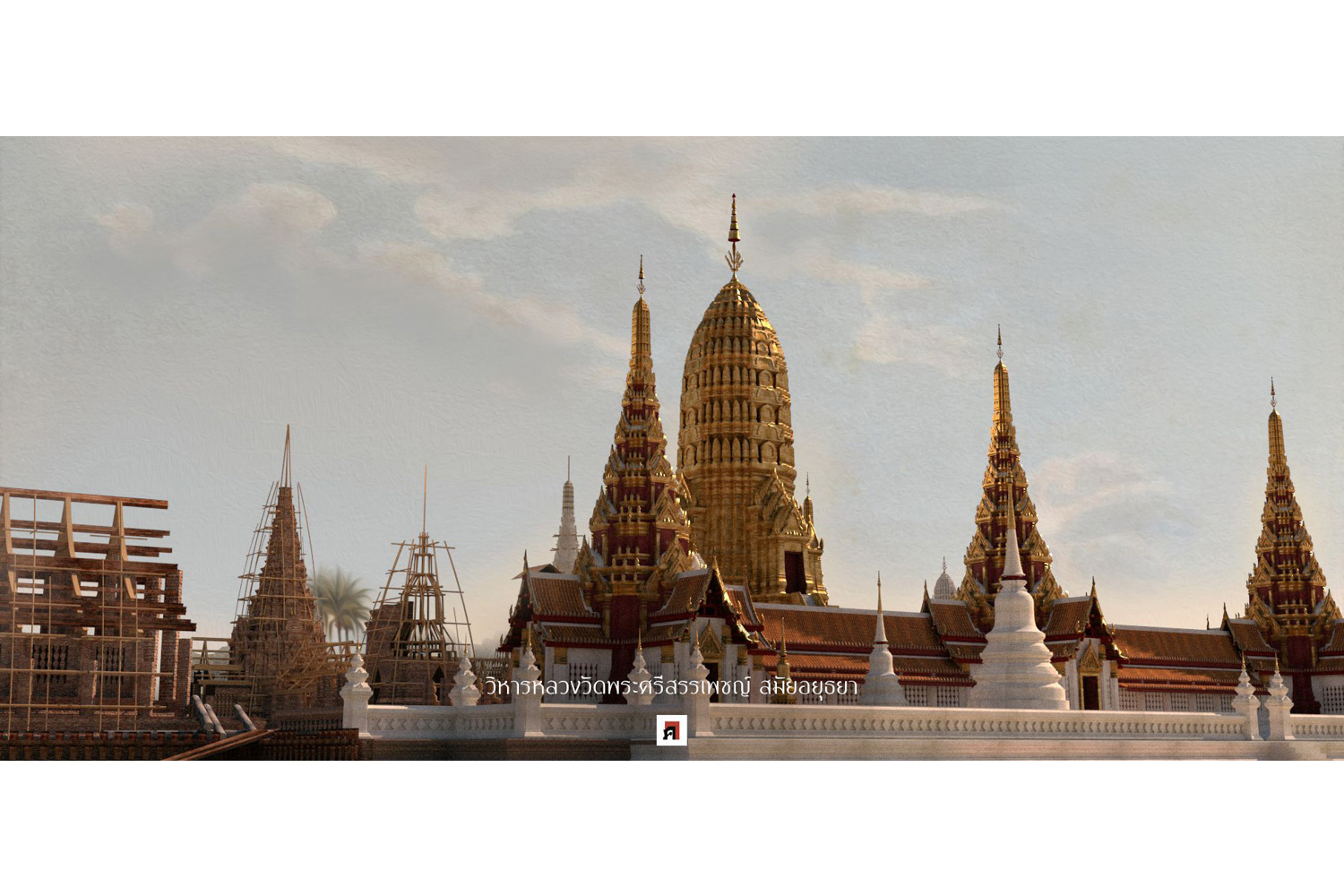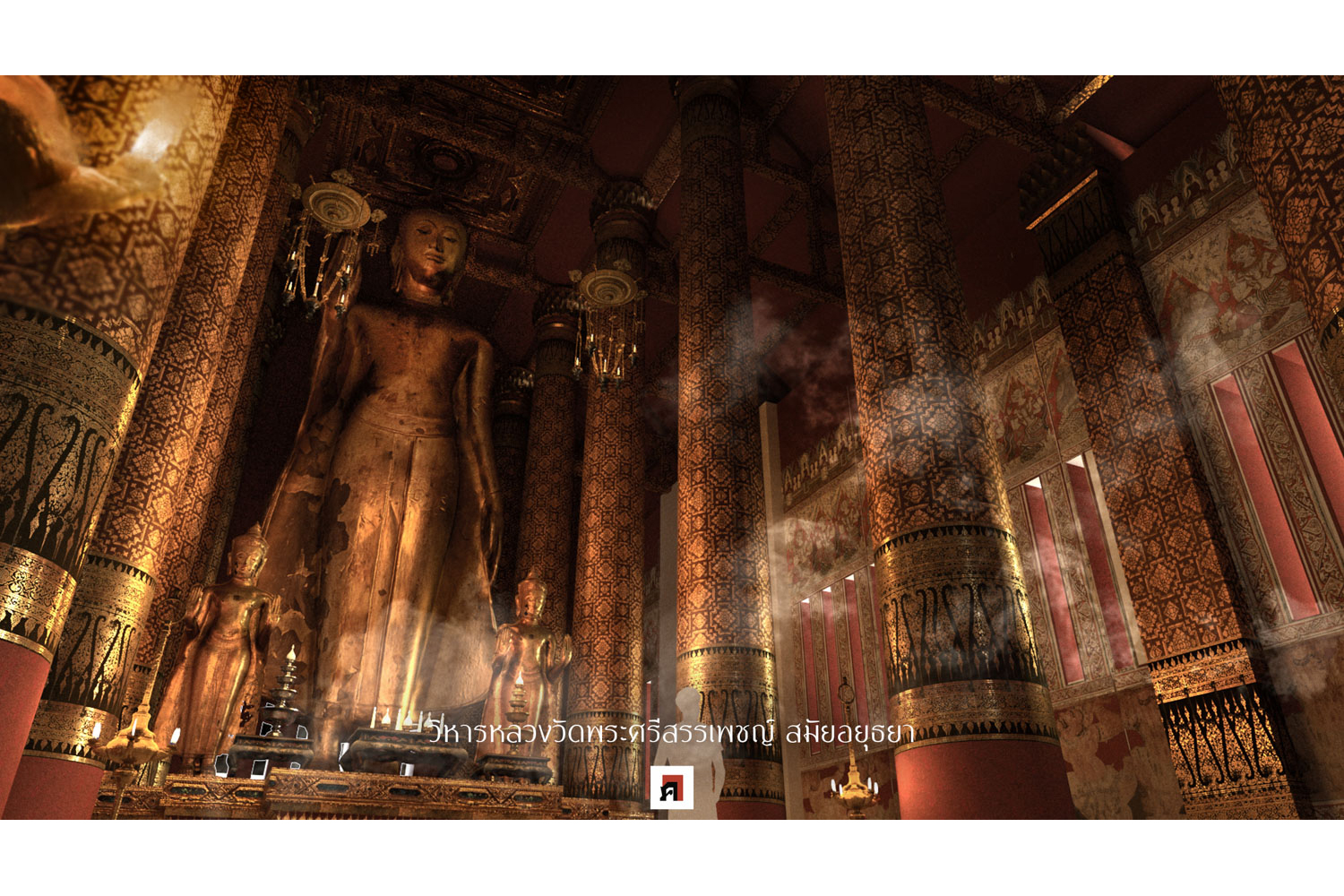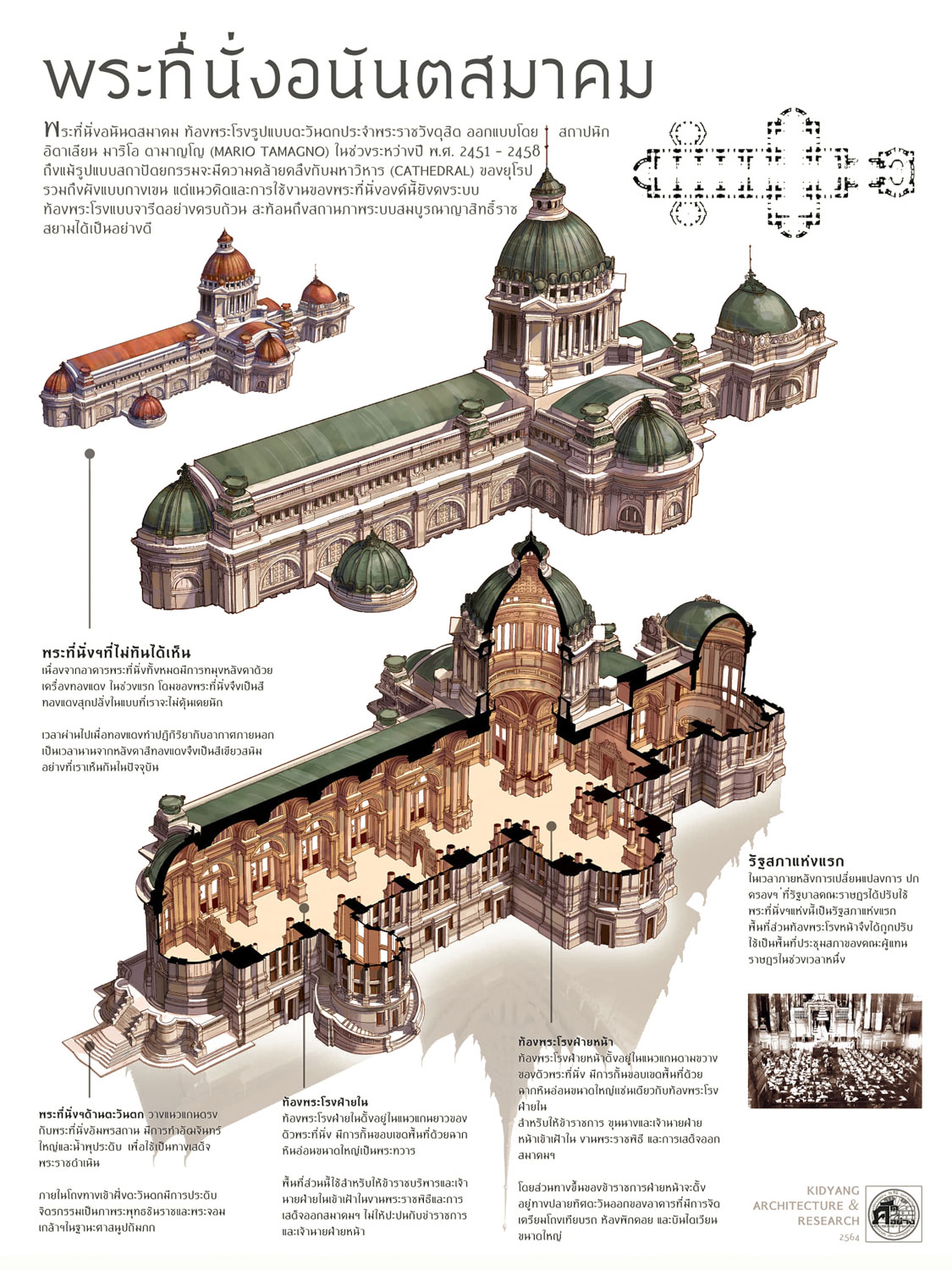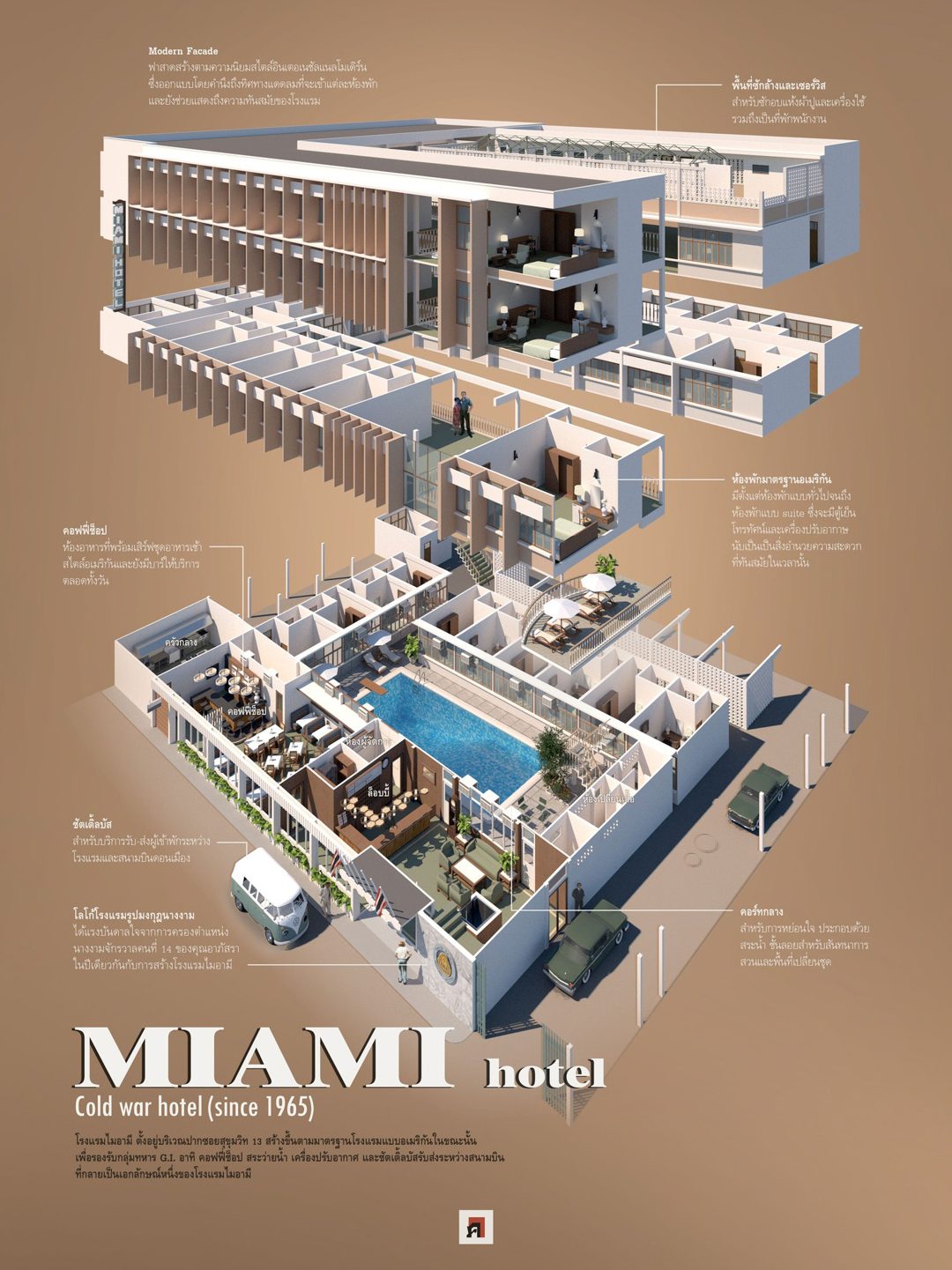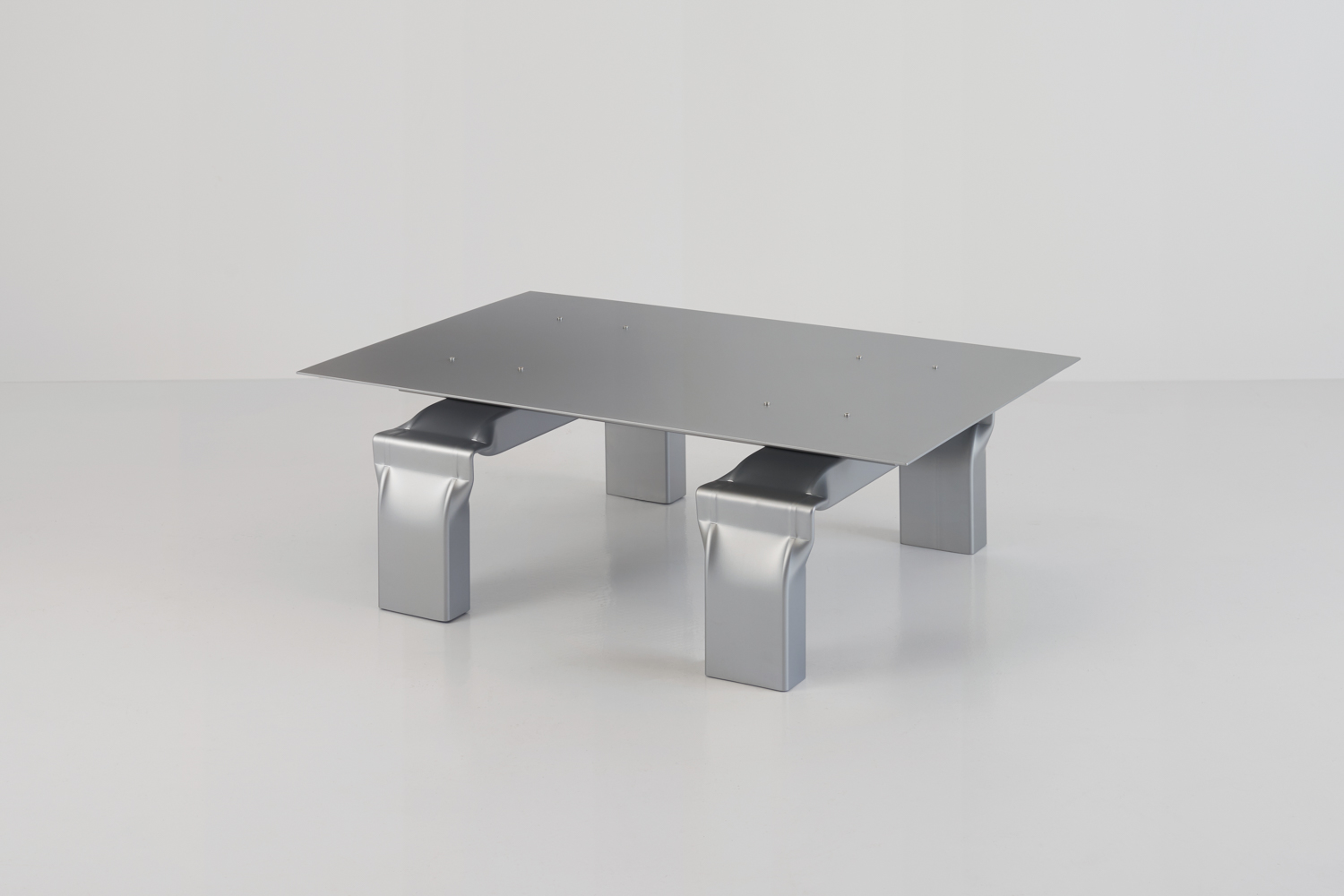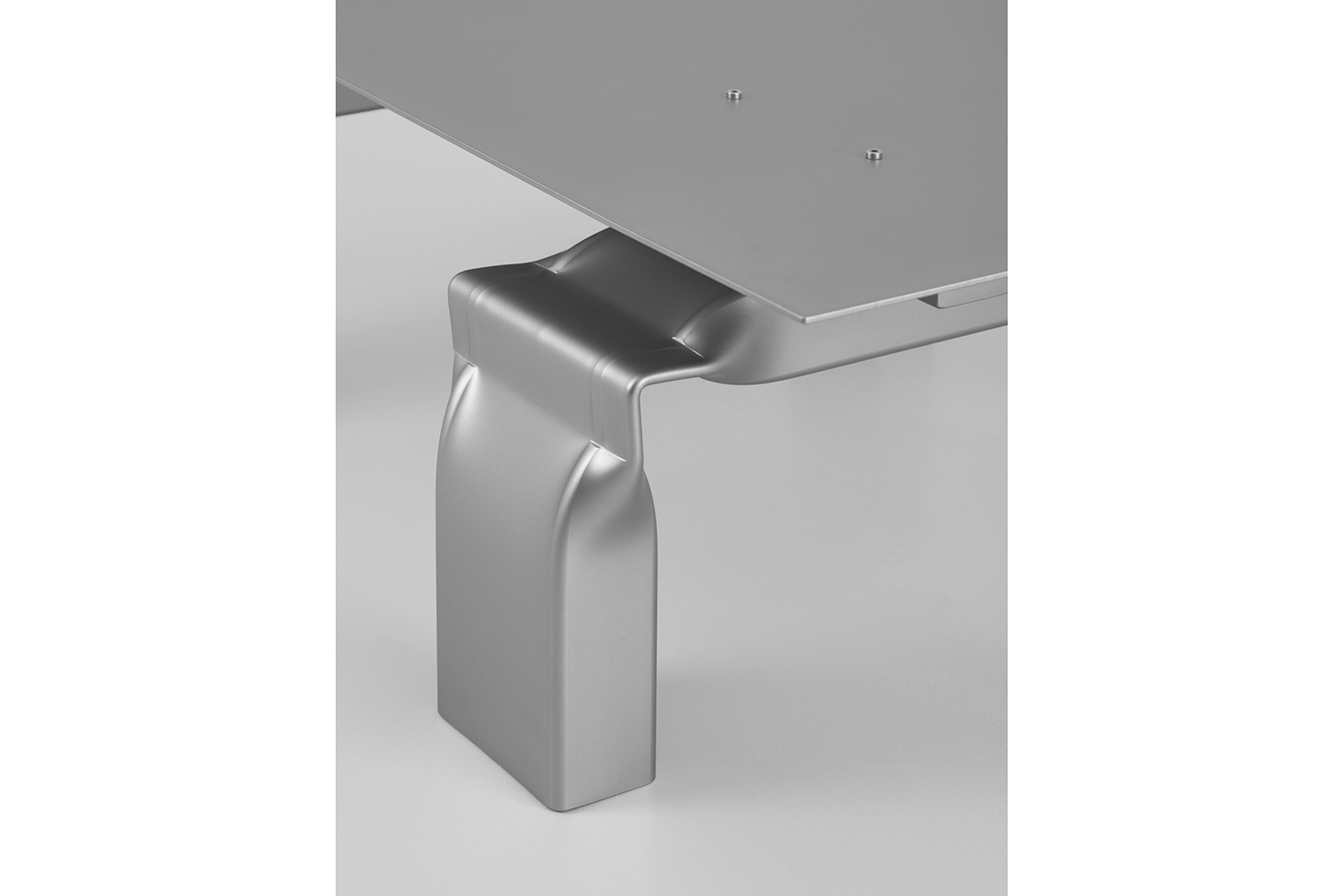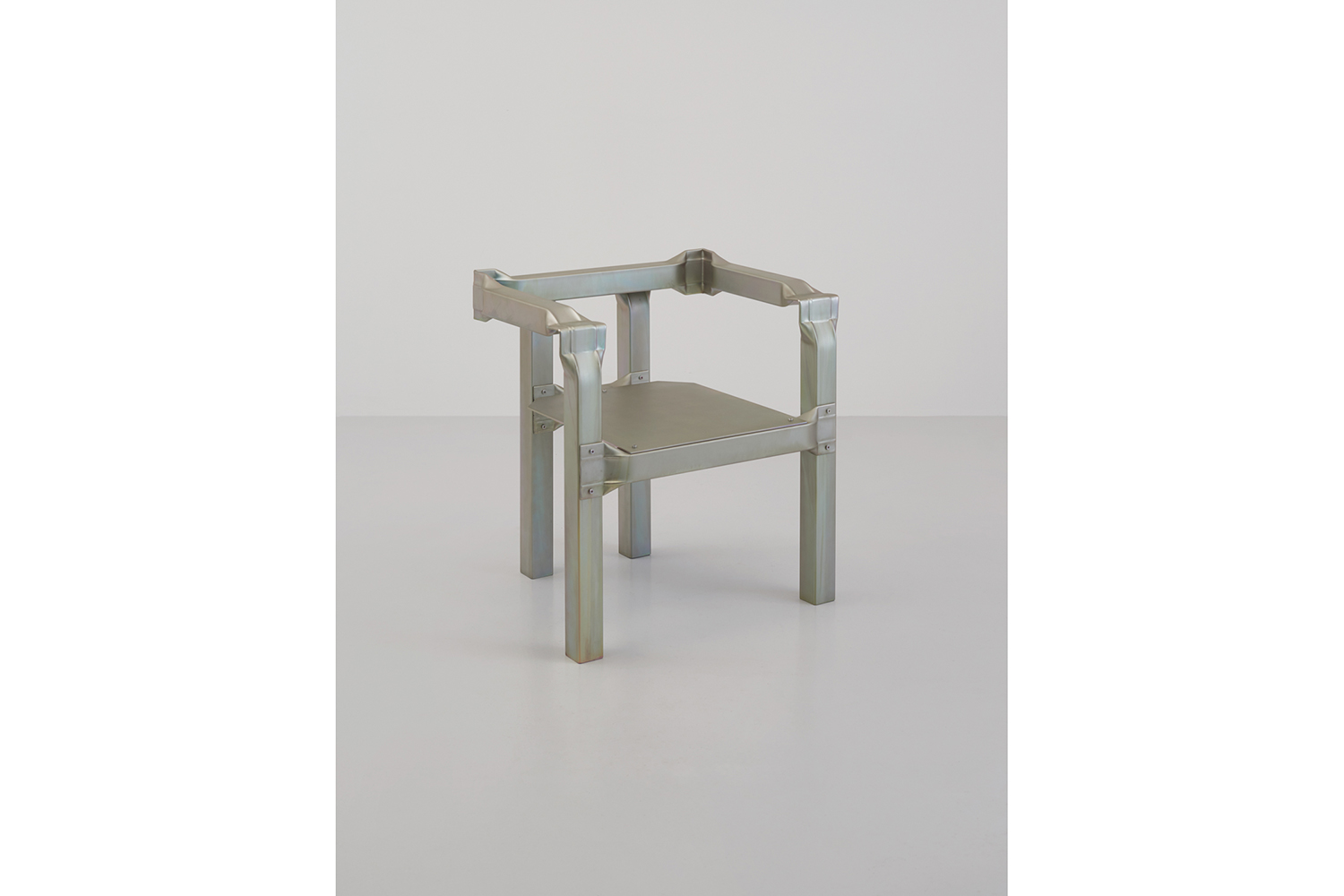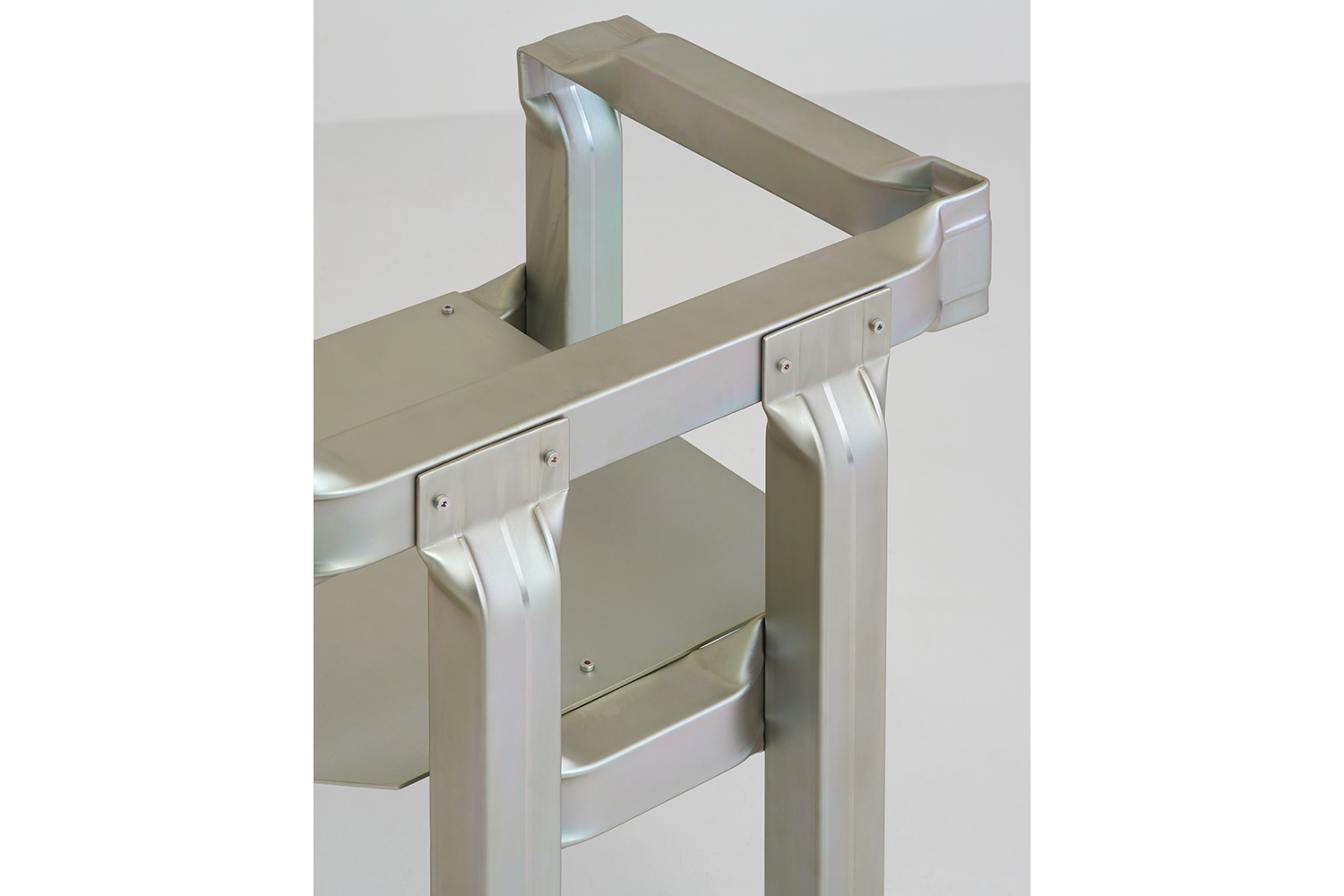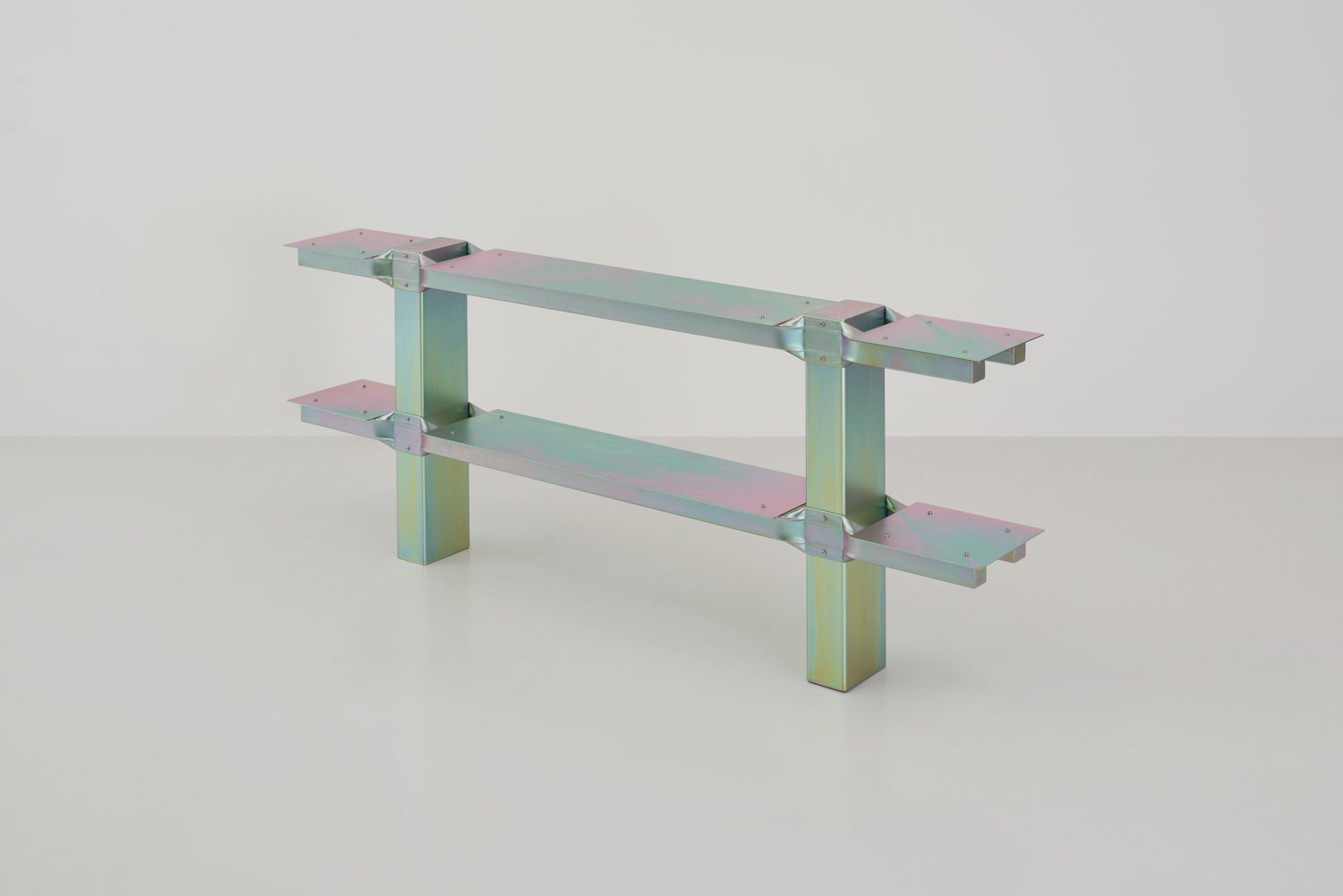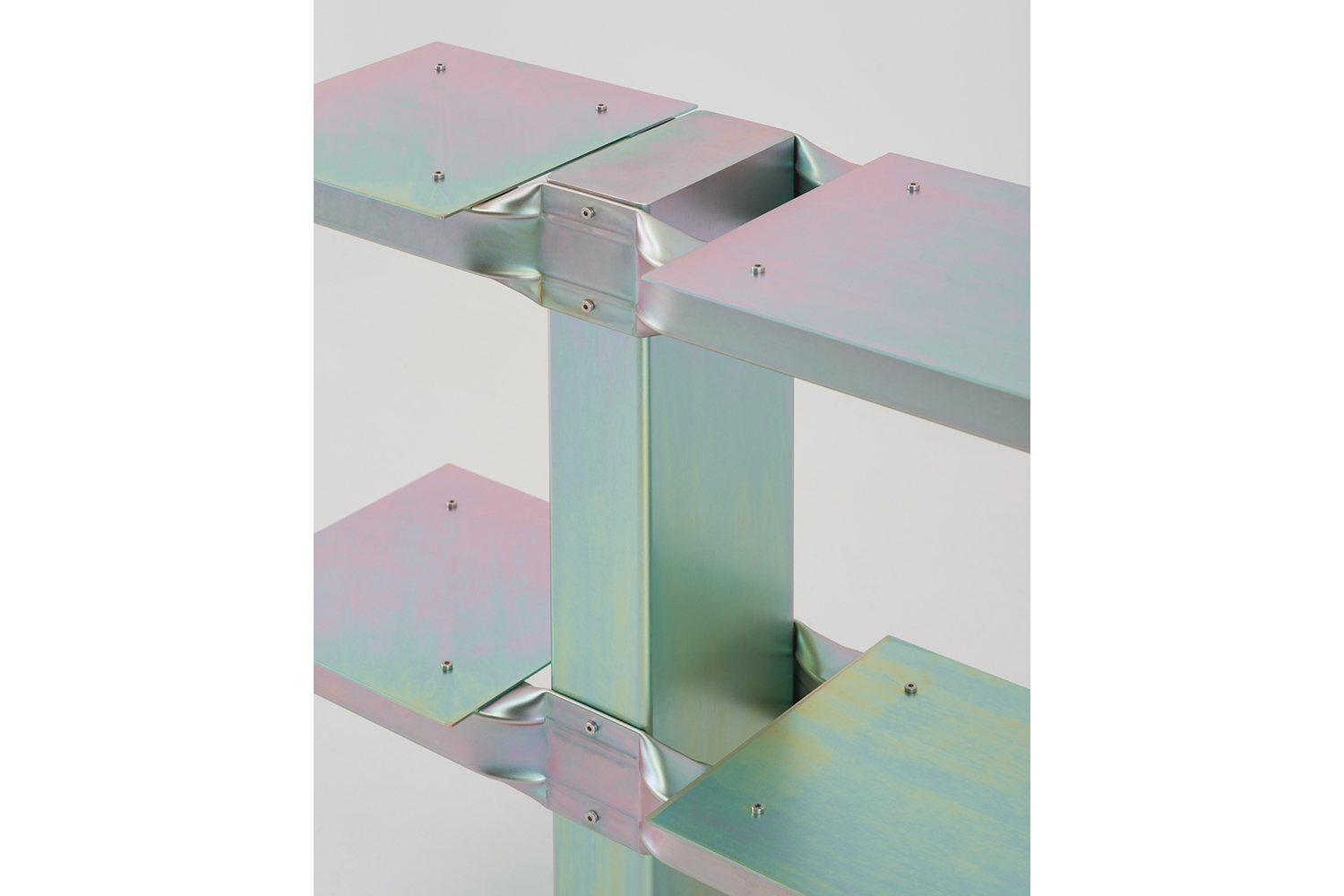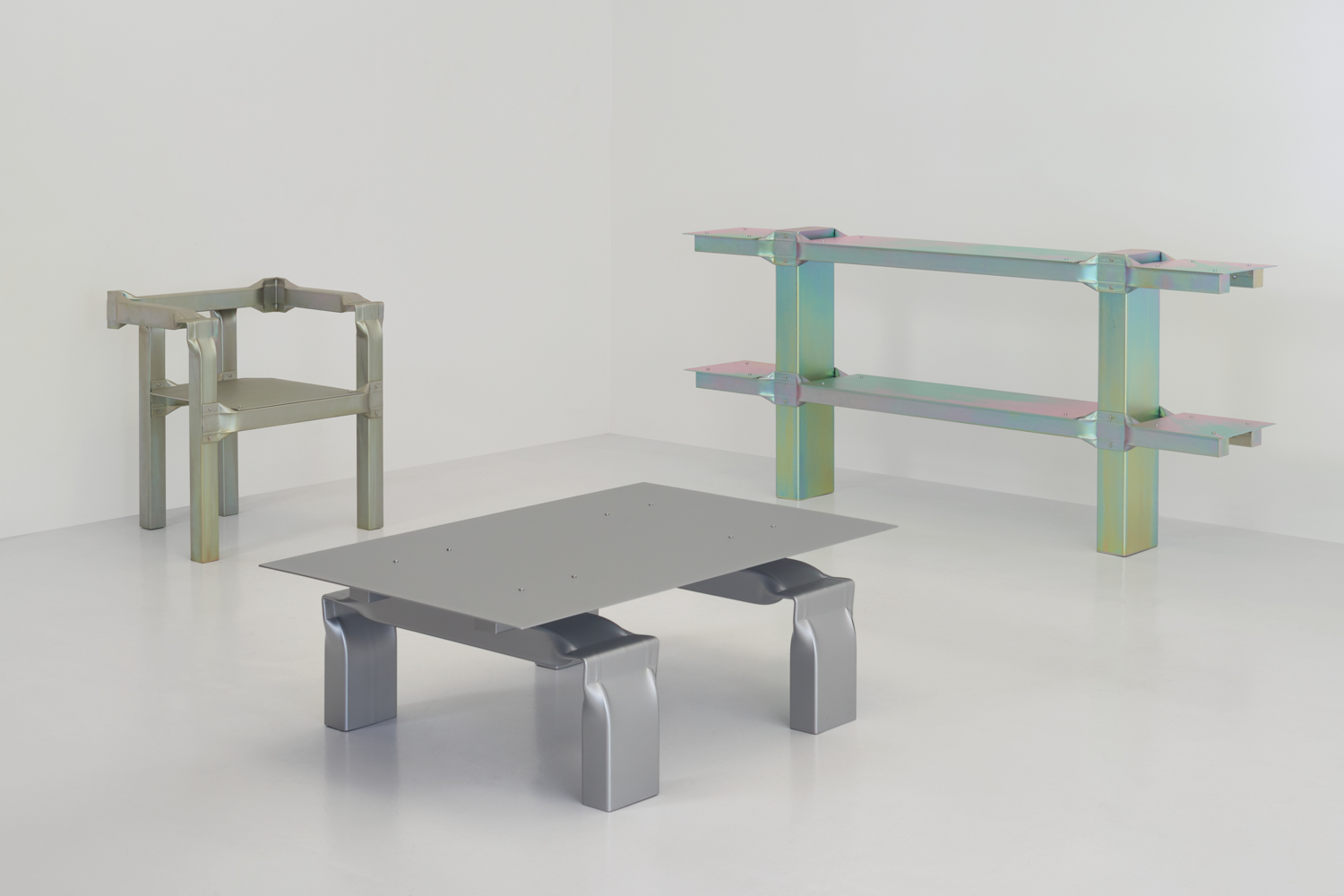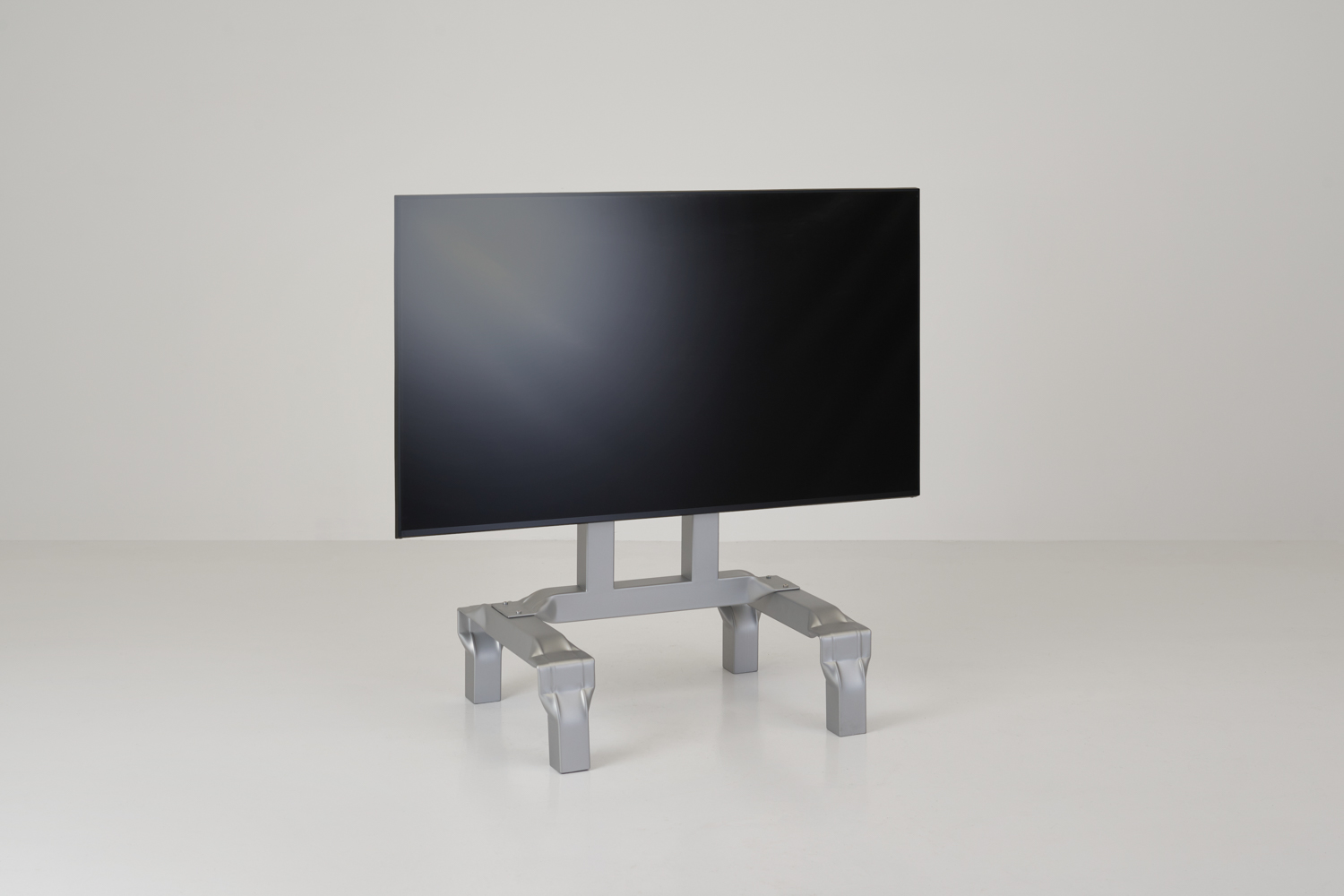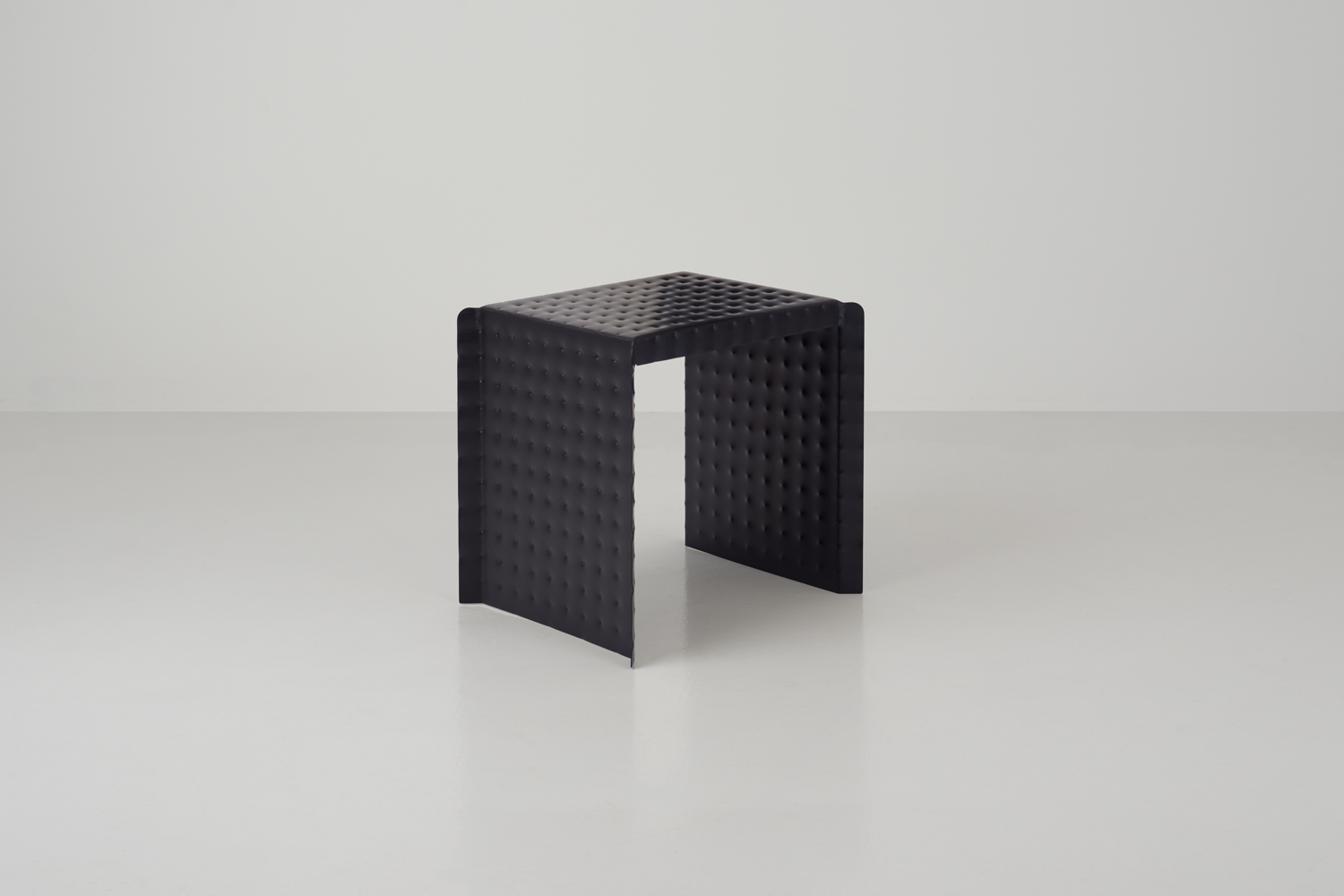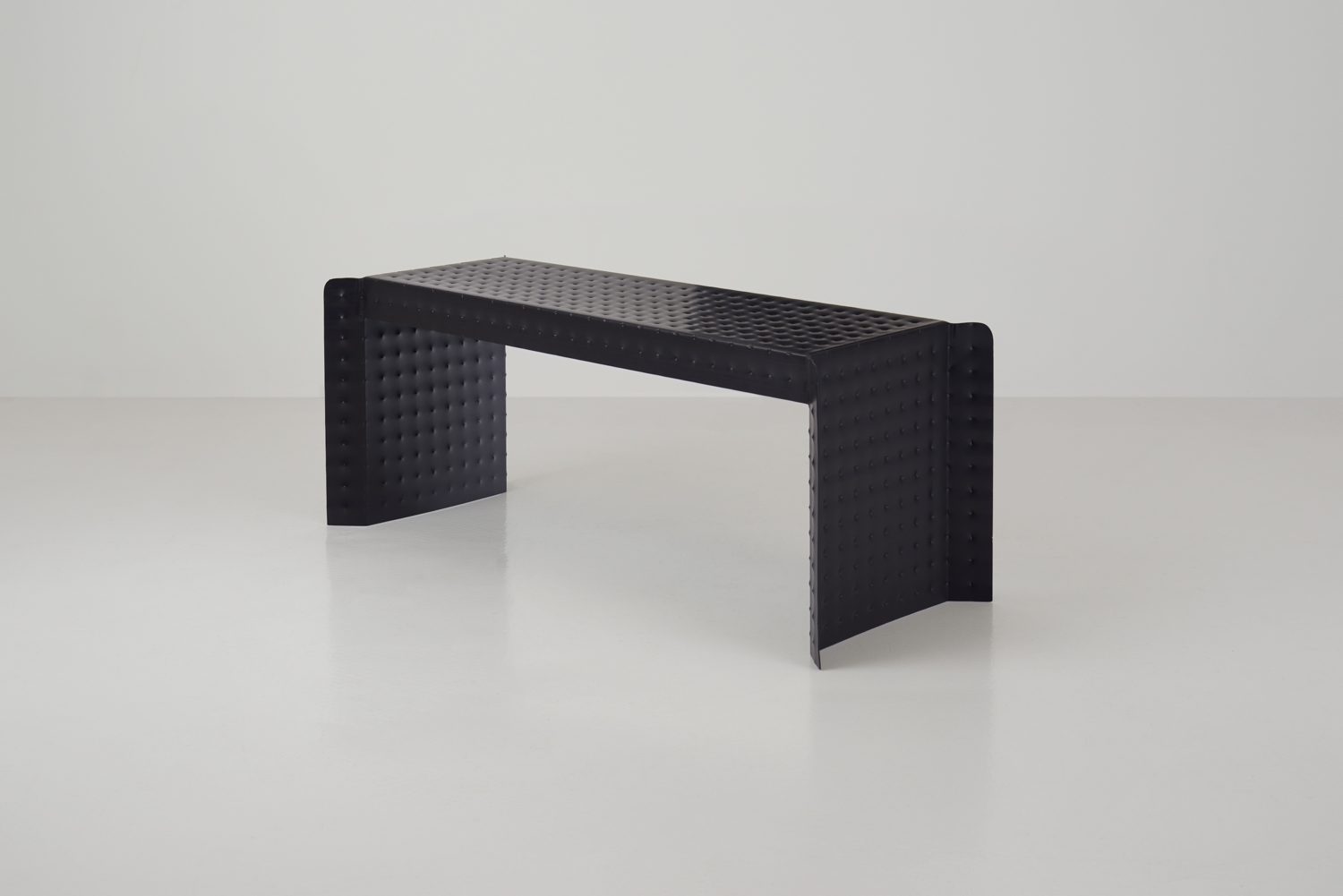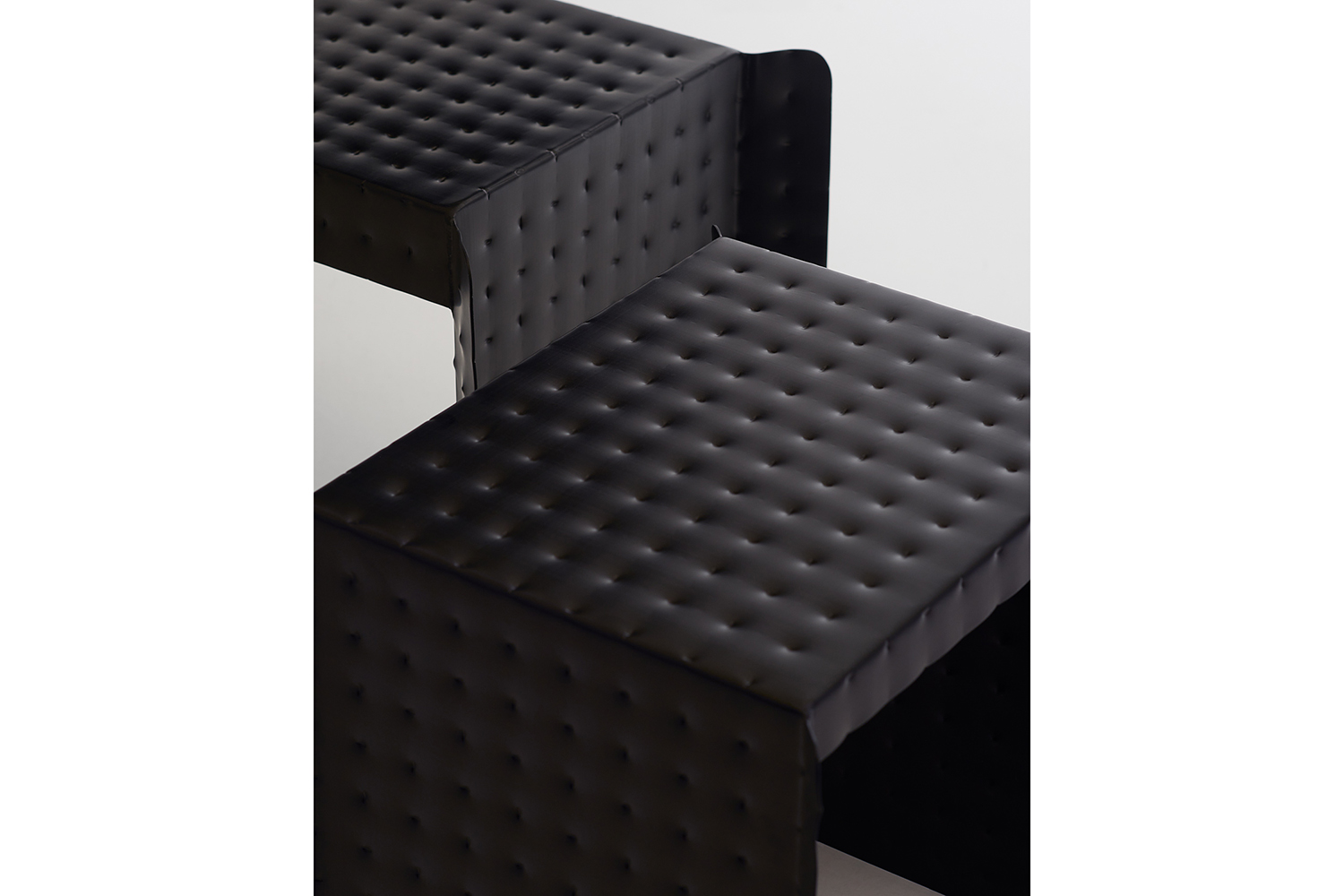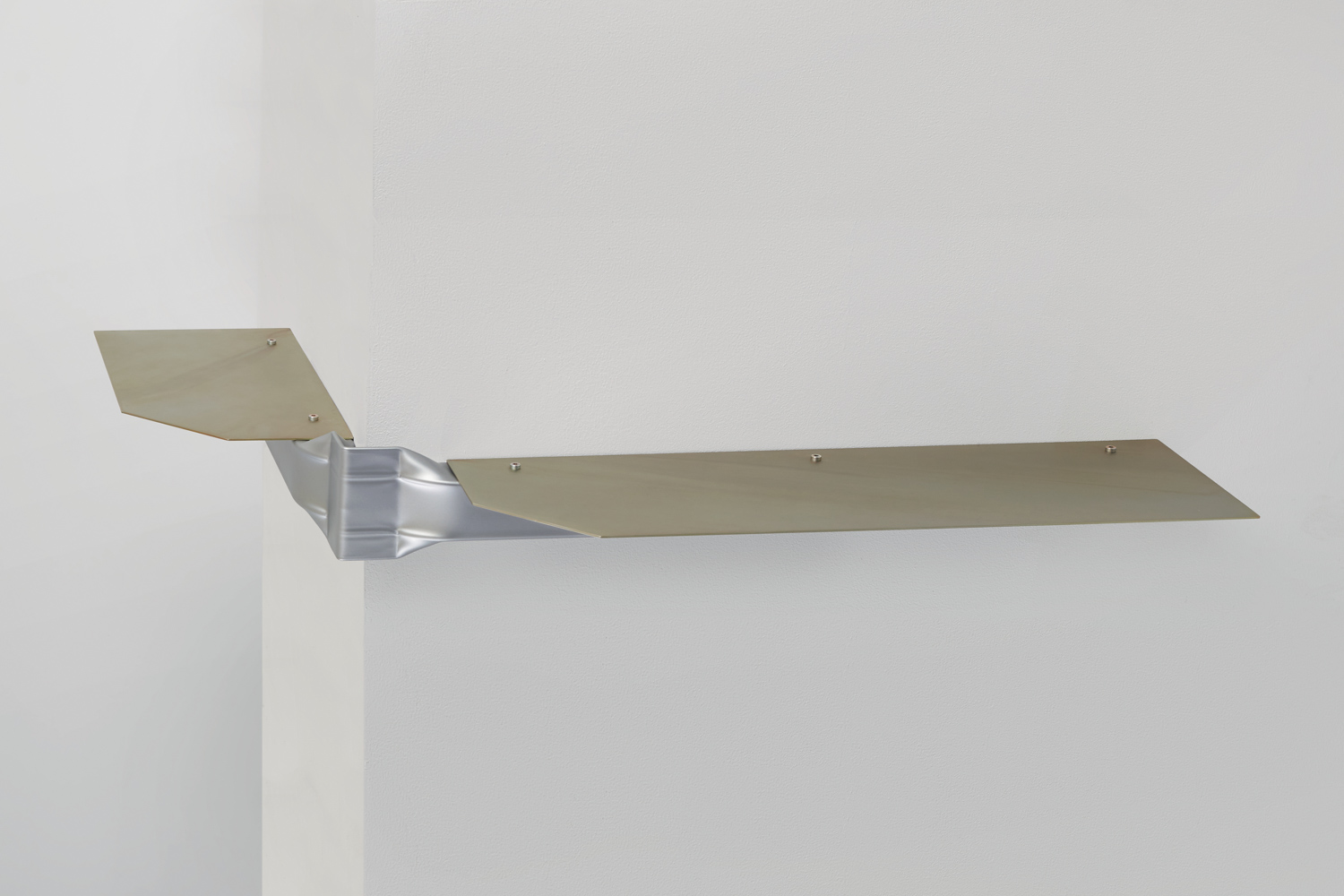TEXT: ADRIENNE LAU
PHOTO: RAQUEL DINIZ
(For Thai, press here)
Architect and designer Adrienne Lau led the creation of Acute And Obtuse, an outdoor furniture series made fully of reclaimed materials. It demonstrates a design process of letting existing materials, especially non-standard elements, drive decisions of use, fabrication, and expression.
It started with the need to refresh food growing in Abbey Gardens, an open-access park and harvest garden in Newham, London. Fifteen years ago, the community garden started as a living art project with planters of diagonal layout. The trapezoid planters, made of wood boards held by galvanized steel corner sleeves, needed replacement.
After dismantling the planters, most steel corners remained in good condition, prompting an idea to reuse them as furniture. The specific angles of the steel corners lend themselves well to forming the structure of different furniture types – 150° for a lounger, 110° for a chair, and the smaller angles as supports for benches.
The collaboration with grassroots community gardens has made storage and flexible working possible. With the help of the local community and volunteers, steel corners were unbolted and separated from old wood boards.
The toxicity and risk of welding thin galvanized steel meant another material was needed as joints. Working with fabricator Rosie Strickland, Douglas Fir beams, reclaimed from a demolished Victorian army barrack, were incorporated to complete the construction of the pieces. To balance and contrast the visual sharpness of the steel, the Douglas Fir pieces adopted clean rounded forms. Notches and nail holes on the reclaimed wood were intentionally left unpolished to display its history or were even made central to the design.
After being part of an Edgy Collective winning installation in the London Festival of Architecture 2023, Acute And Obtuse were rehomed in Abbey Gardens where the steel corners originated, now serving as flexible seating in a thriving community space.
‘Instead of hiding them, imperfections should be embraced creatively to make material reuse more widely desirable,’ says Adrienne Lau, ‘and making the collective material story evident inspires people to take good care of it. After all, objects are kept from waste when they are valued.’
_____________
Adrienne Lau is an ARB registered architect and designer based in London and Hong Kong, whose work spans architecture, furniture design, urban installations, and scenography sets. Her practice endeavors to address social and ecological imperatives with cutting-edge creativity. Adrienne co-founded Edgy Collective, an award-winning team revitalizing urban spaces by reconnecting them with natural and cultural histories and present-day realities. With over a decade of industry experience and a distinguished career in design firms such as Heatherwick Studio and OMA, Adrienne has served clients including PRADA and Google. She has taken on leadership roles in large-scale international architecture and urban design projects at the senior associate level.
adriennelauprojects.com
instagram.com/thinking_out_lau












